-
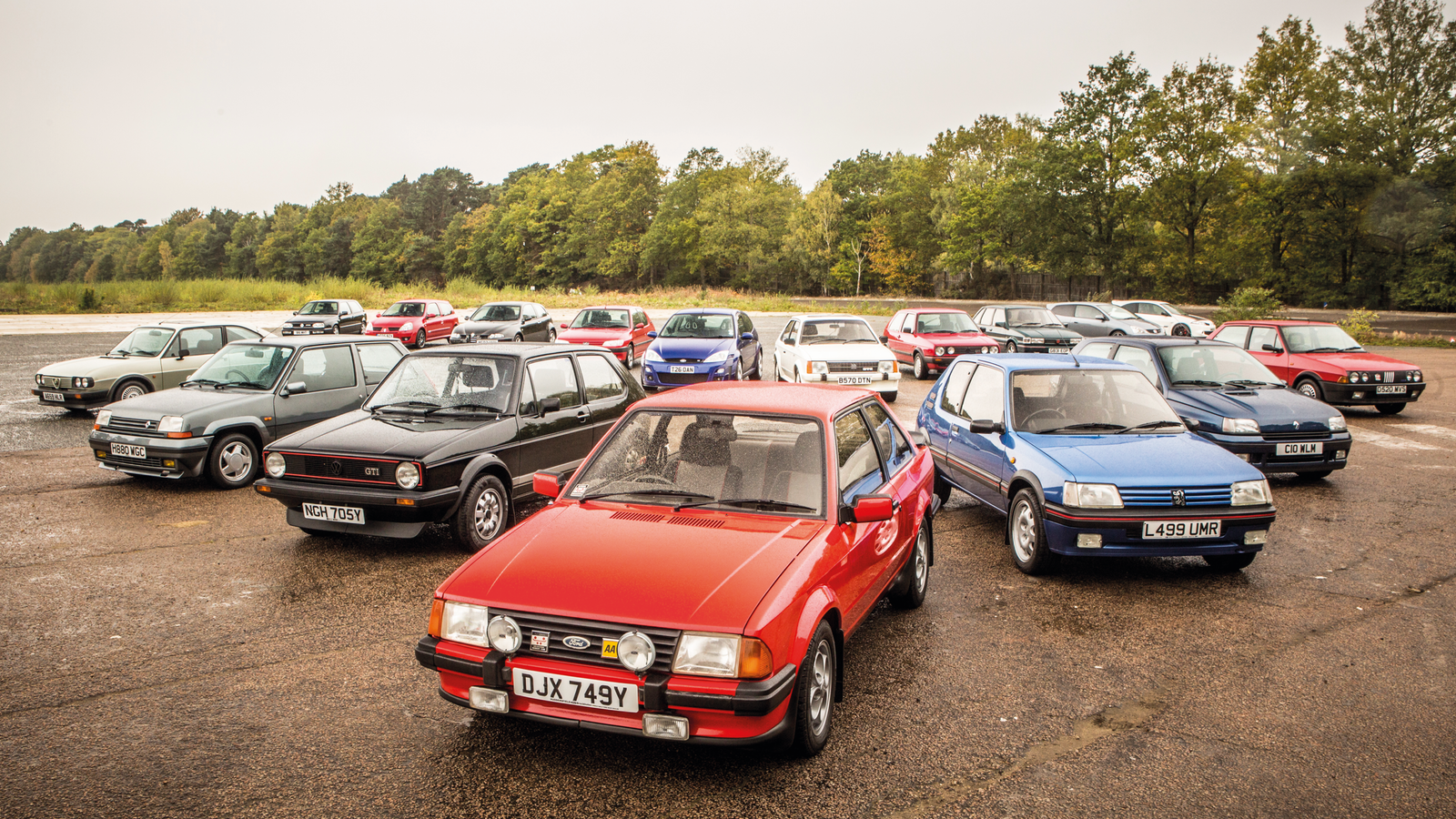 © Tony Baker/James Mann/Classic & Sports Car
© Tony Baker/James Mann/Classic & Sports Car -
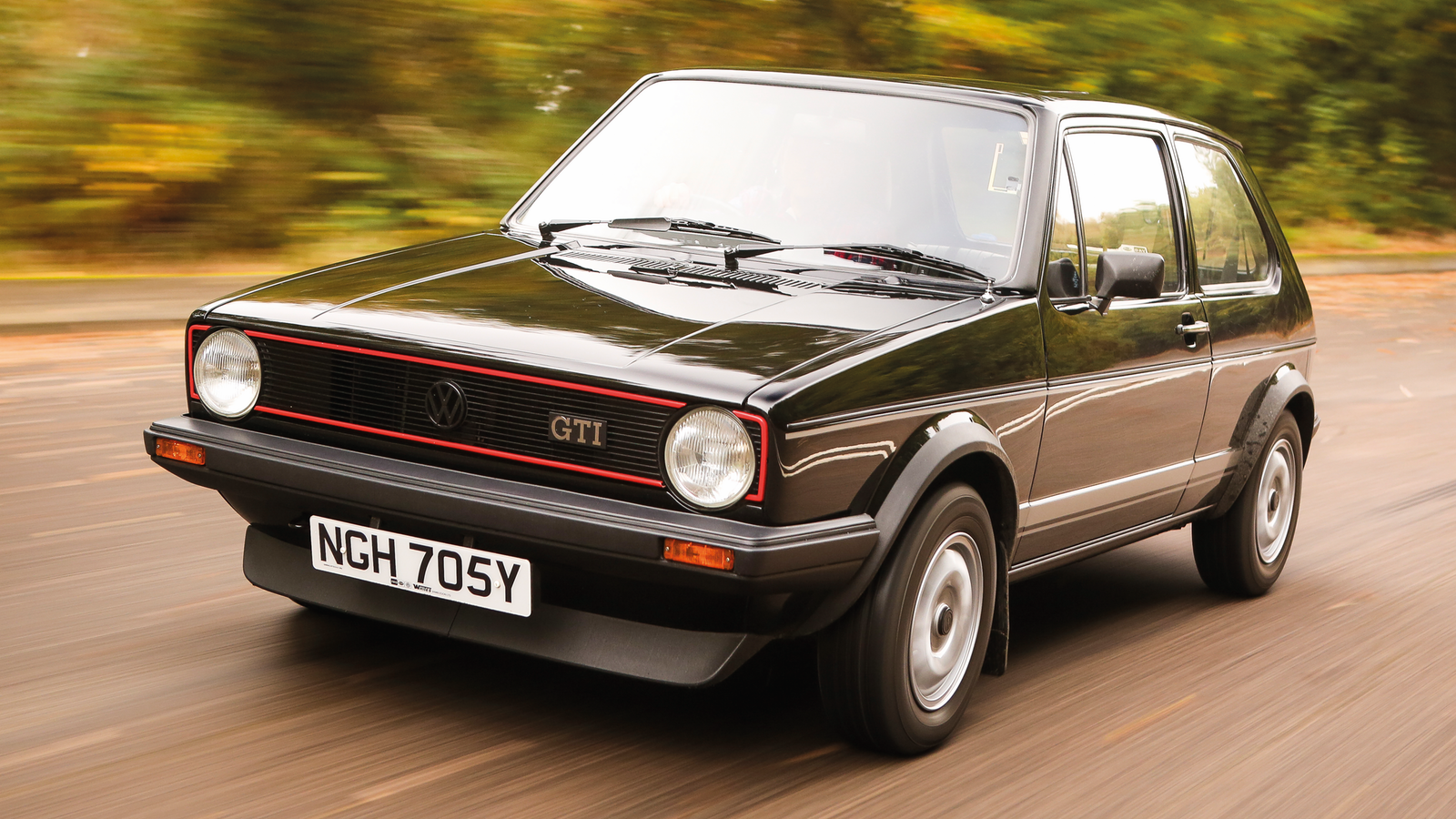 © Tony Baker/James Mann/Classic & Sports Car
© Tony Baker/James Mann/Classic & Sports Car -
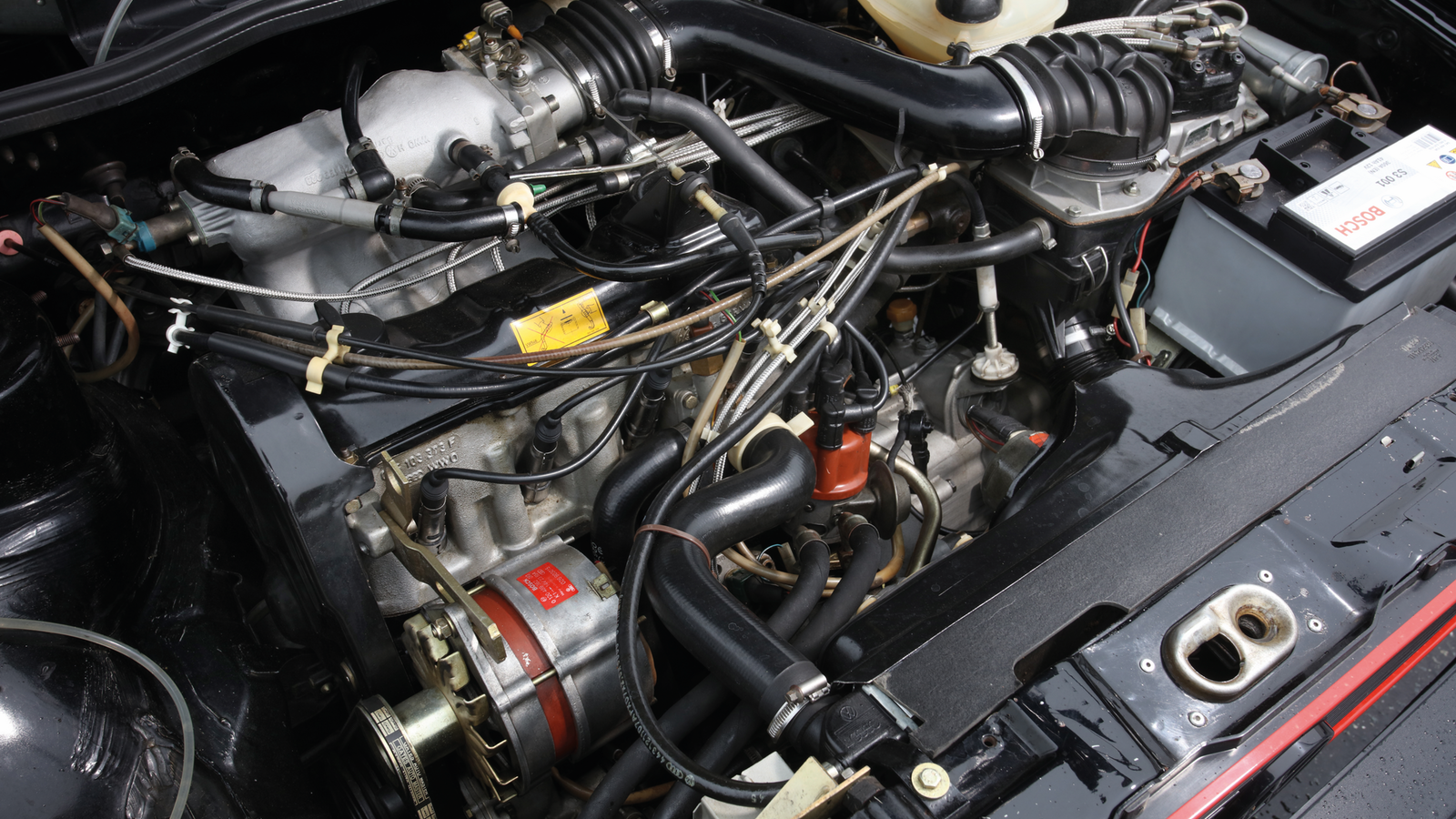 © Tony Baker/James Mann/Classic & Sports Car
© Tony Baker/James Mann/Classic & Sports Car -
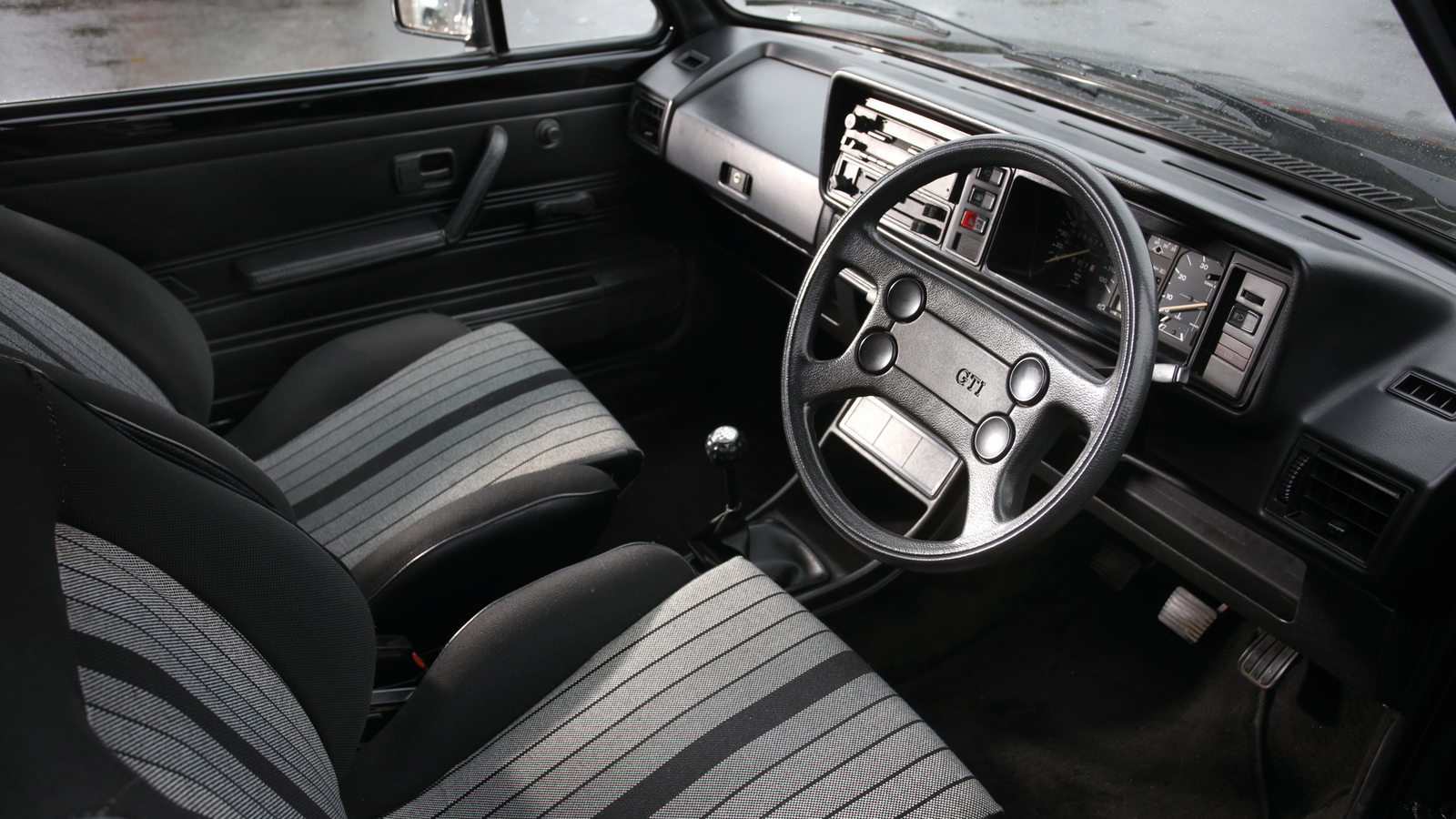 © Tony Baker/James Mann/Classic & Sports Car
© Tony Baker/James Mann/Classic & Sports Car -
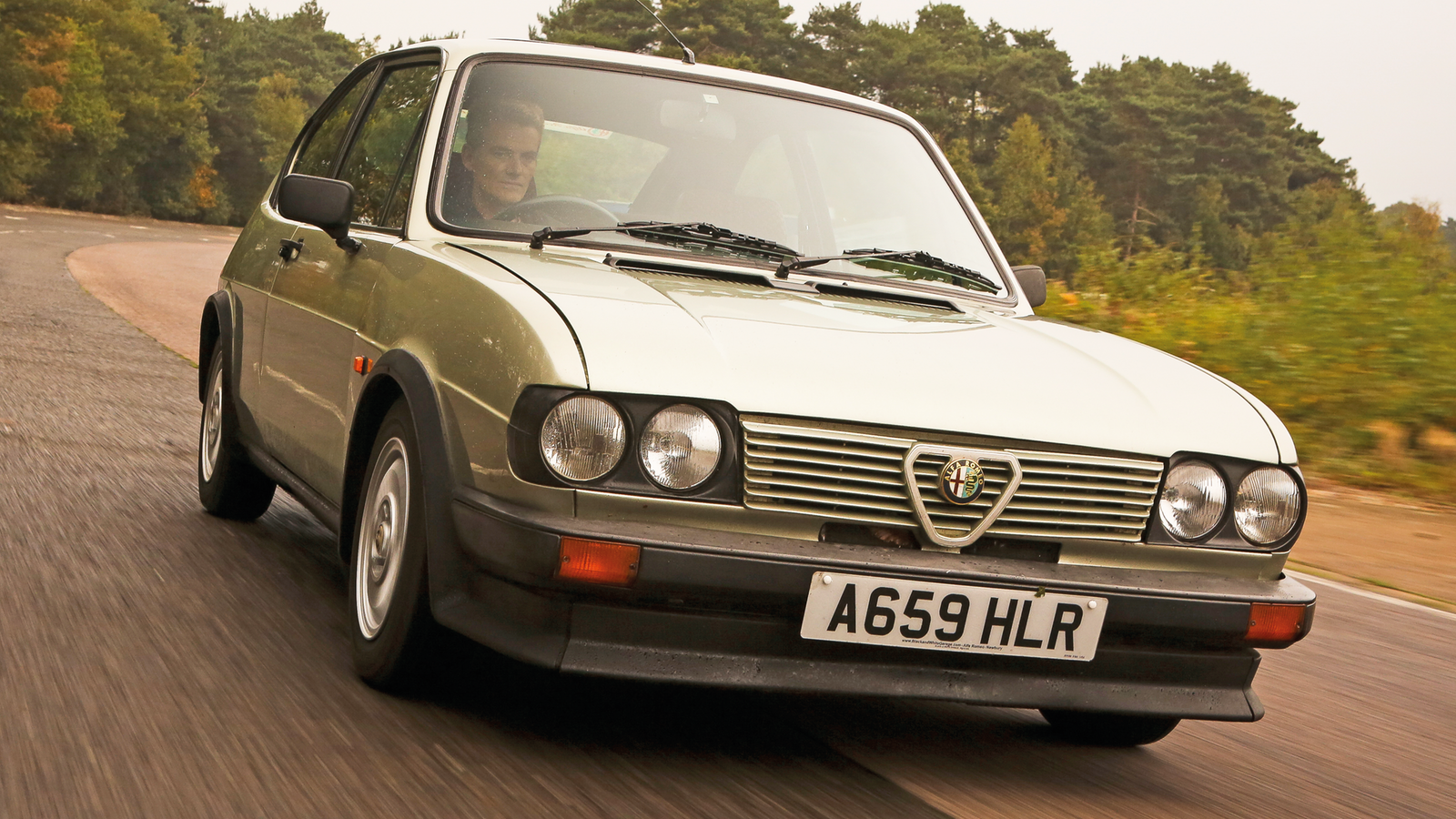 © Tony Baker/James Mann/Classic & Sports Car
© Tony Baker/James Mann/Classic & Sports Car -
 © Tony Baker/James Mann/Classic & Sports Car
© Tony Baker/James Mann/Classic & Sports Car -
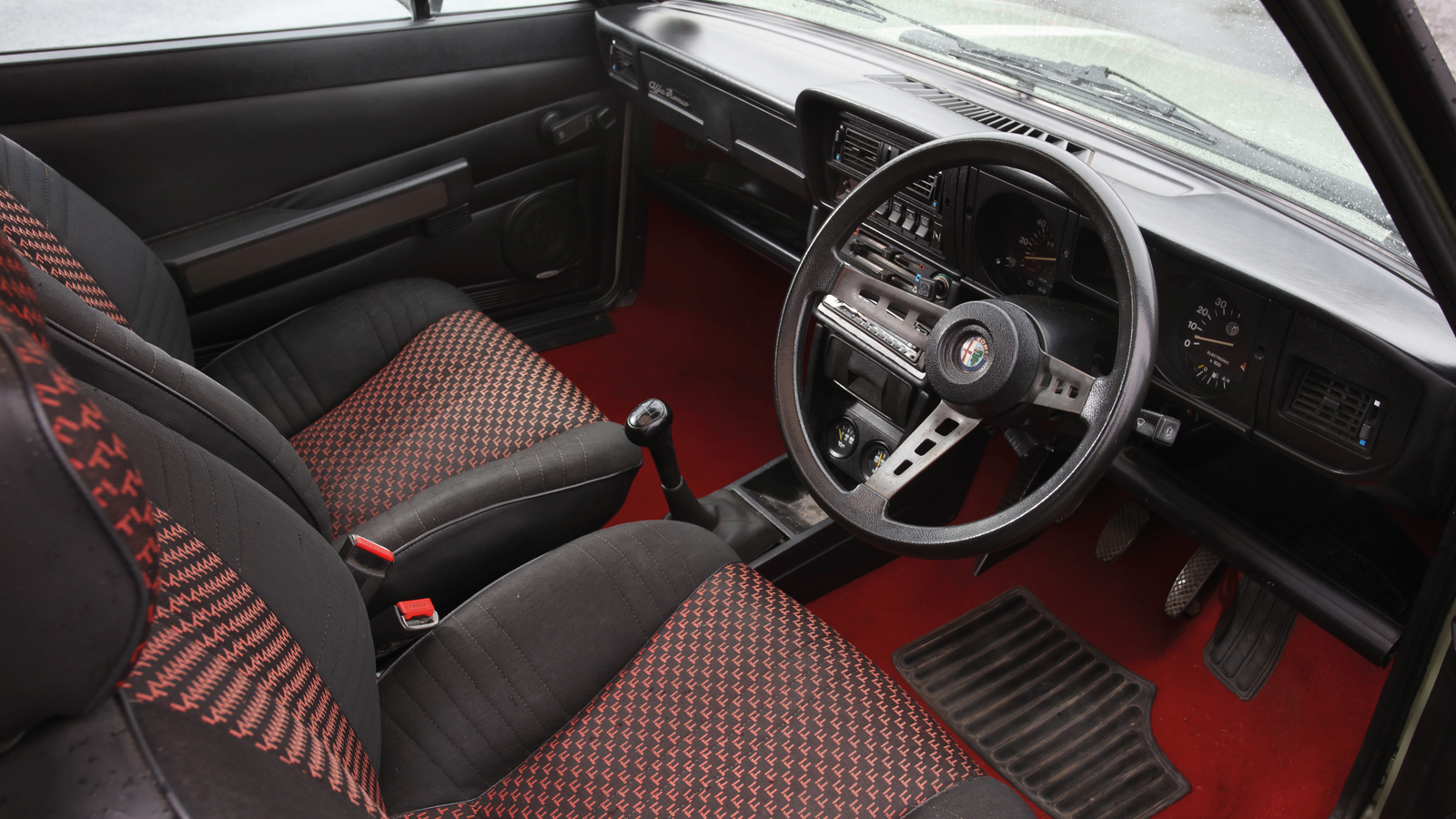 © Tony Baker/James Mann/Classic & Sports Car
© Tony Baker/James Mann/Classic & Sports Car -
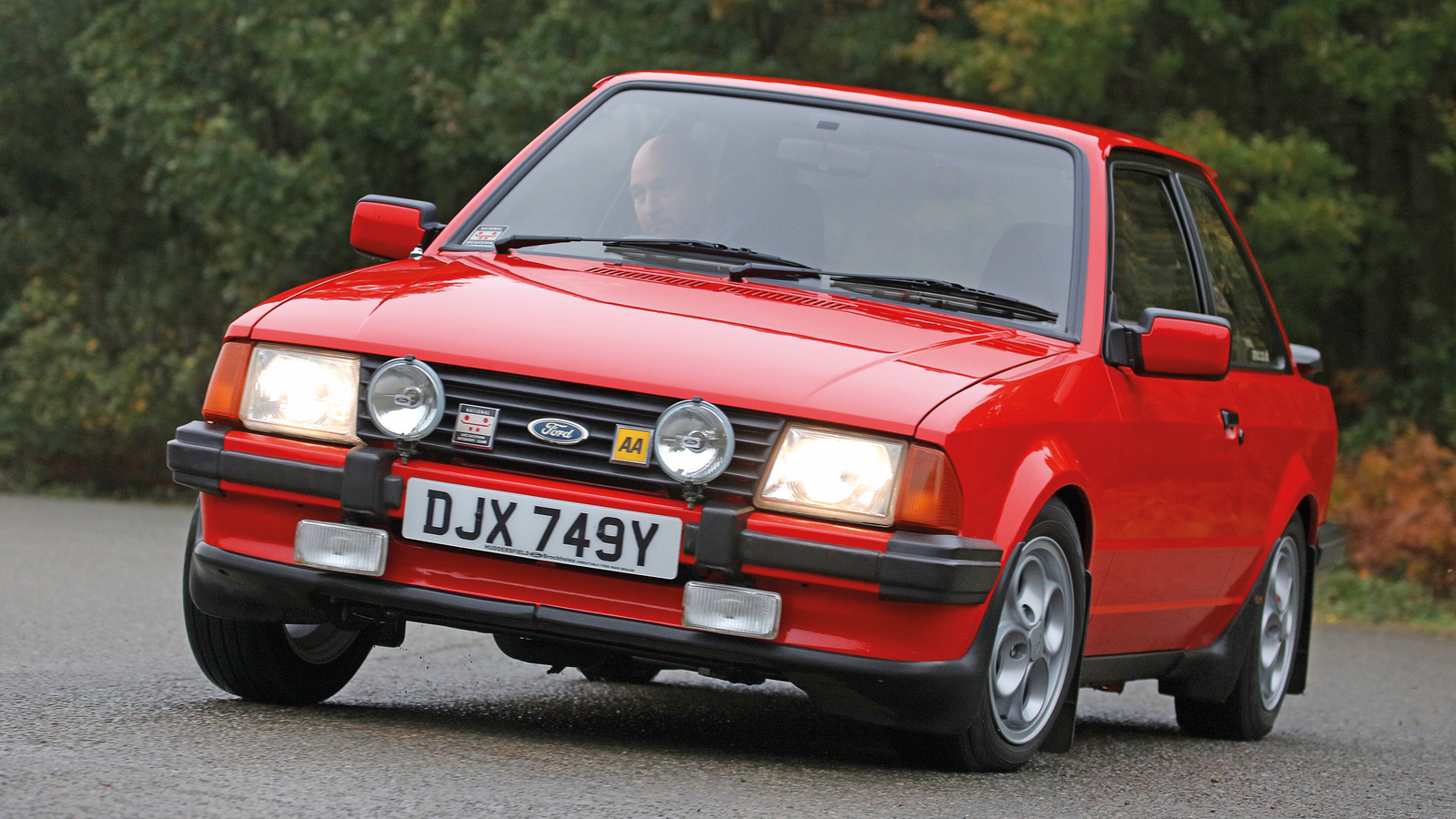 © Tony Baker/James Mann/Classic & Sports Car
© Tony Baker/James Mann/Classic & Sports Car -
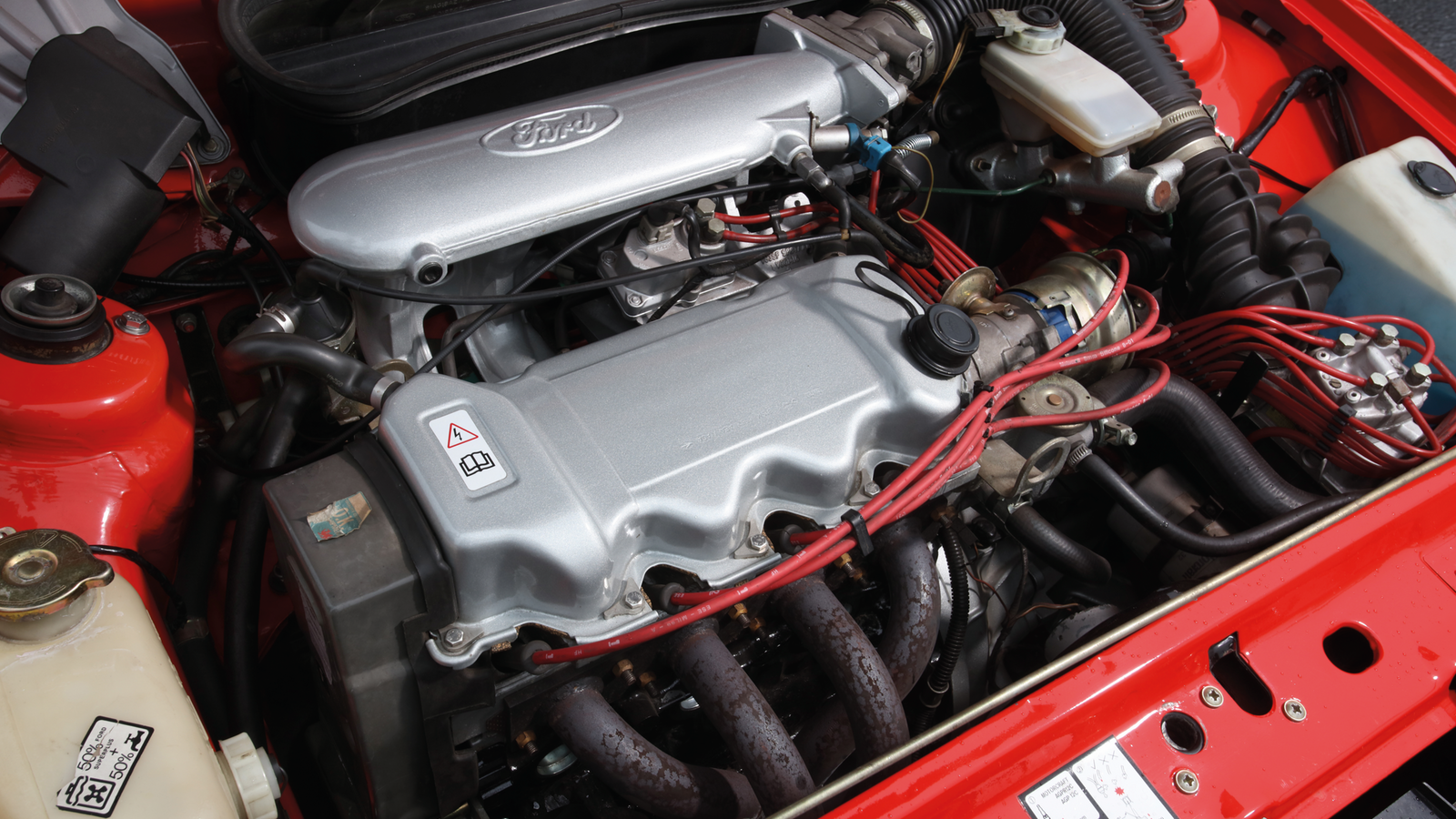 © Tony Baker/James Mann/Classic & Sports Car
© Tony Baker/James Mann/Classic & Sports Car -
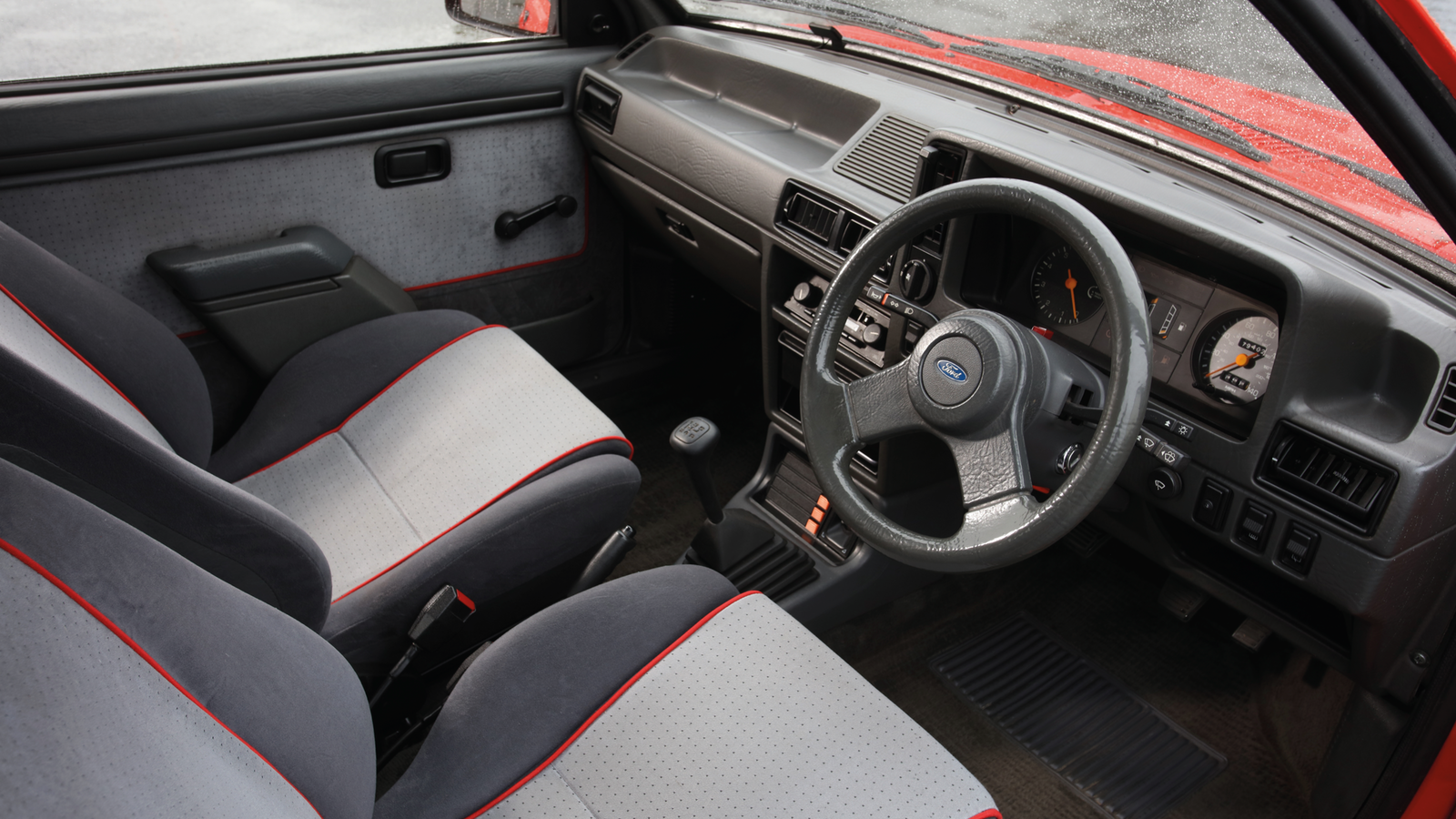 © Tony Baker/James Mann/Classic & Sports Car
© Tony Baker/James Mann/Classic & Sports Car -
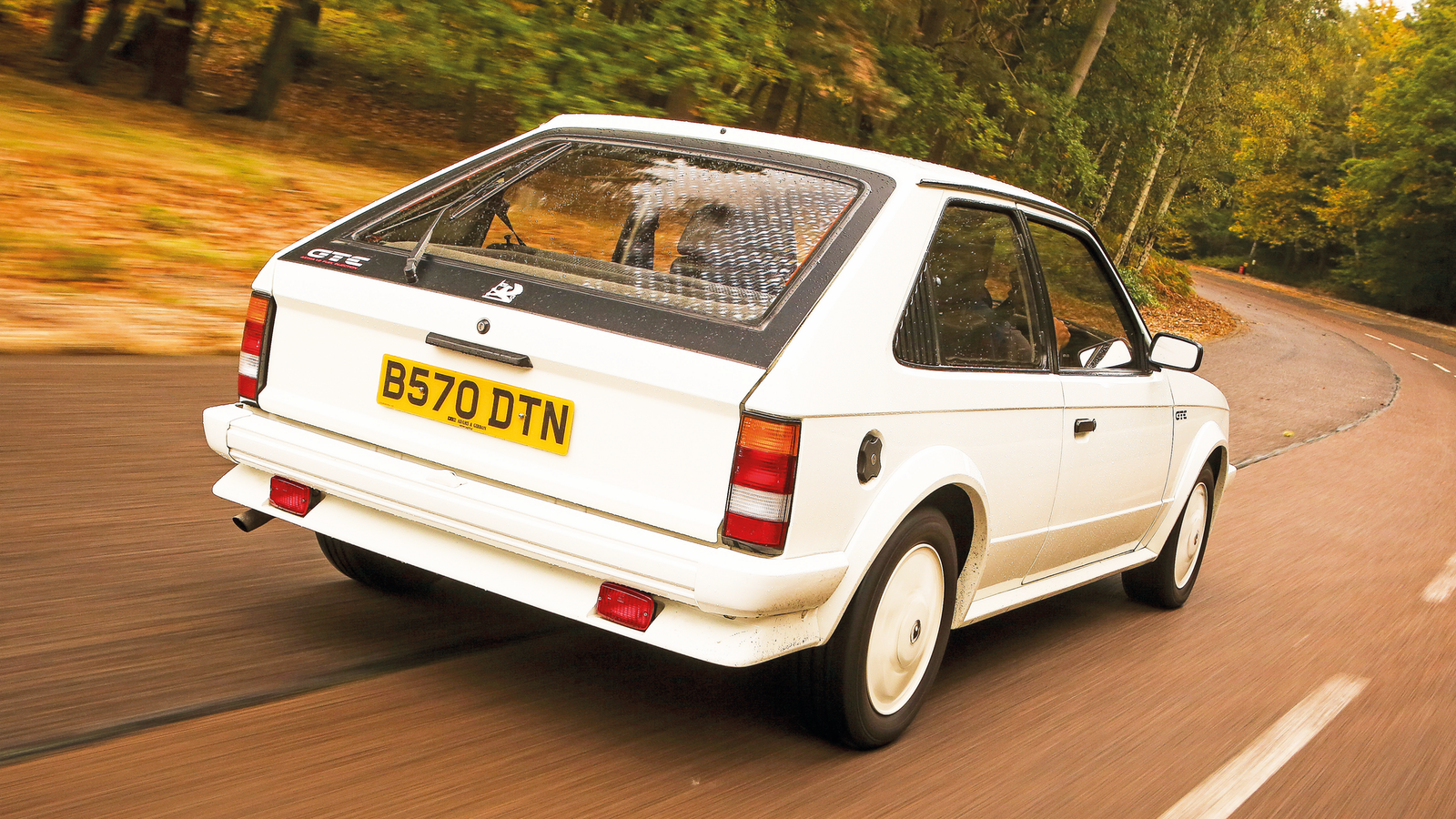 © Tony Baker/James Mann/Classic & Sports Car
© Tony Baker/James Mann/Classic & Sports Car -
 © Tony Baker/James Mann/Classic & Sports Car
© Tony Baker/James Mann/Classic & Sports Car -
 © Tony Baker/James Mann/Classic & Sports Car
© Tony Baker/James Mann/Classic & Sports Car -
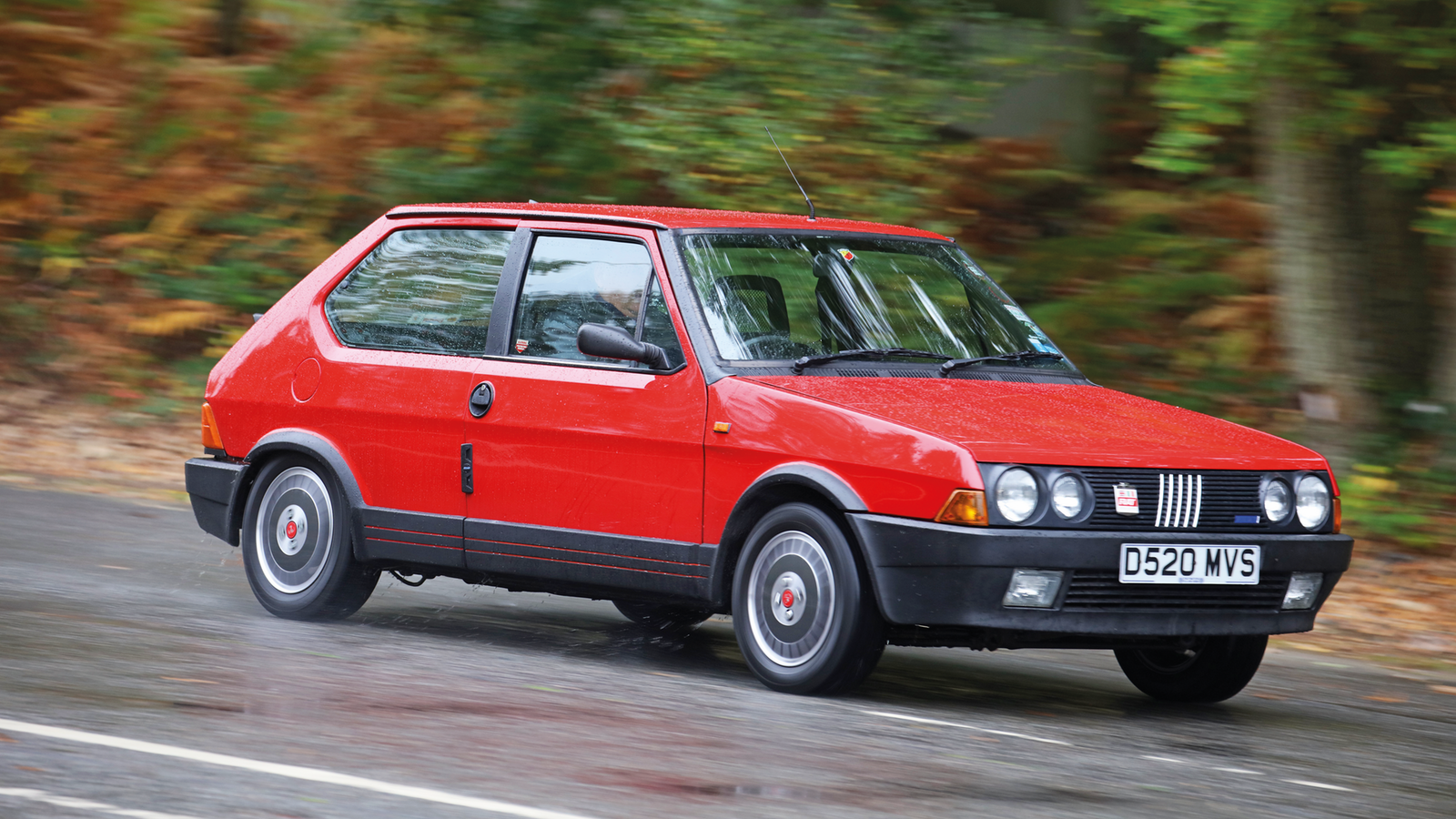 © Tony Baker/James Mann/Classic & Sports Car
© Tony Baker/James Mann/Classic & Sports Car -
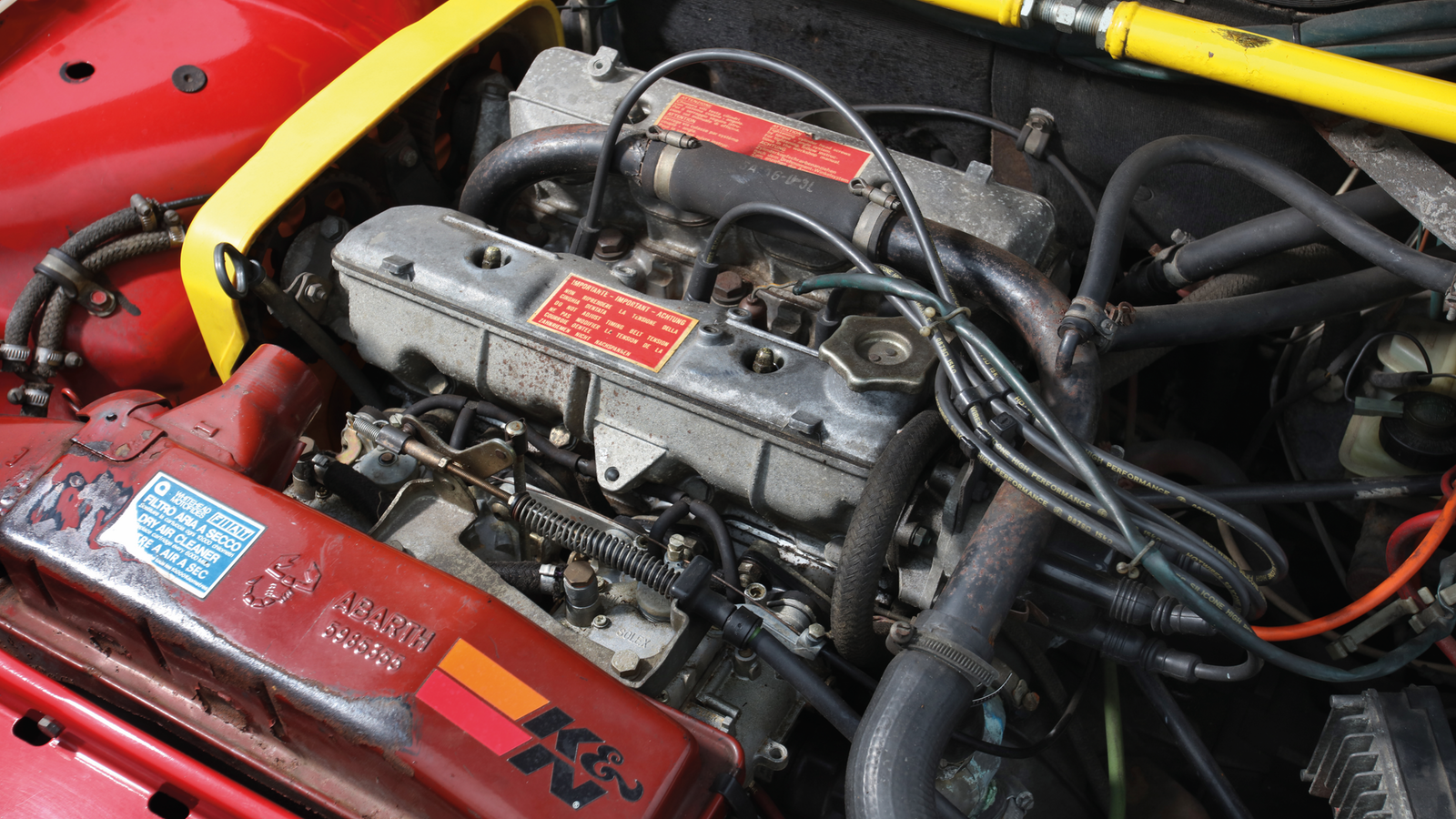 © Tony Baker/James Mann/Classic & Sports Car
© Tony Baker/James Mann/Classic & Sports Car -
 © Tony Baker/James Mann/Classic & Sports Car
© Tony Baker/James Mann/Classic & Sports Car -
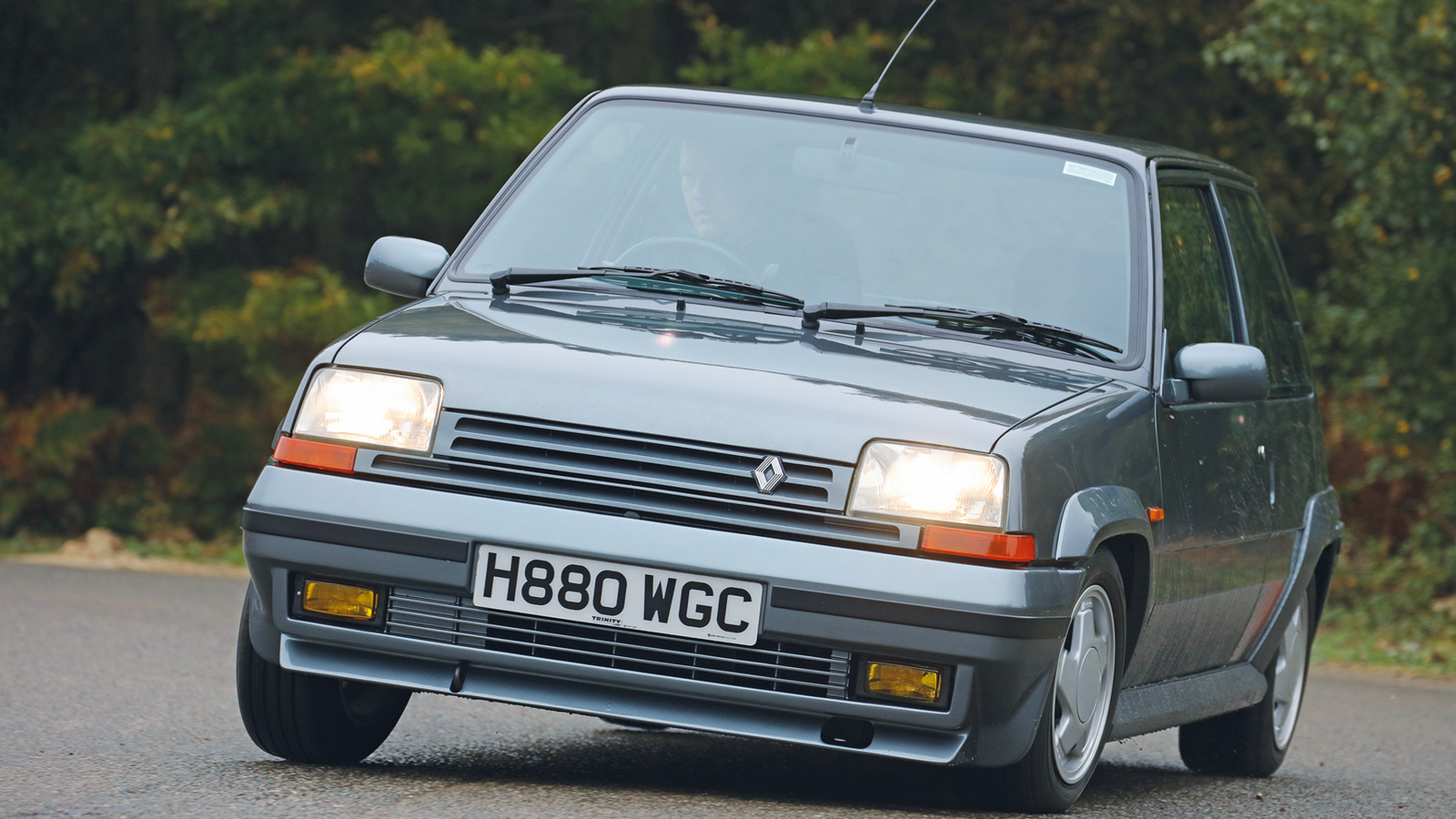 © Tony Baker/James Mann/Classic & Sports Car
© Tony Baker/James Mann/Classic & Sports Car -
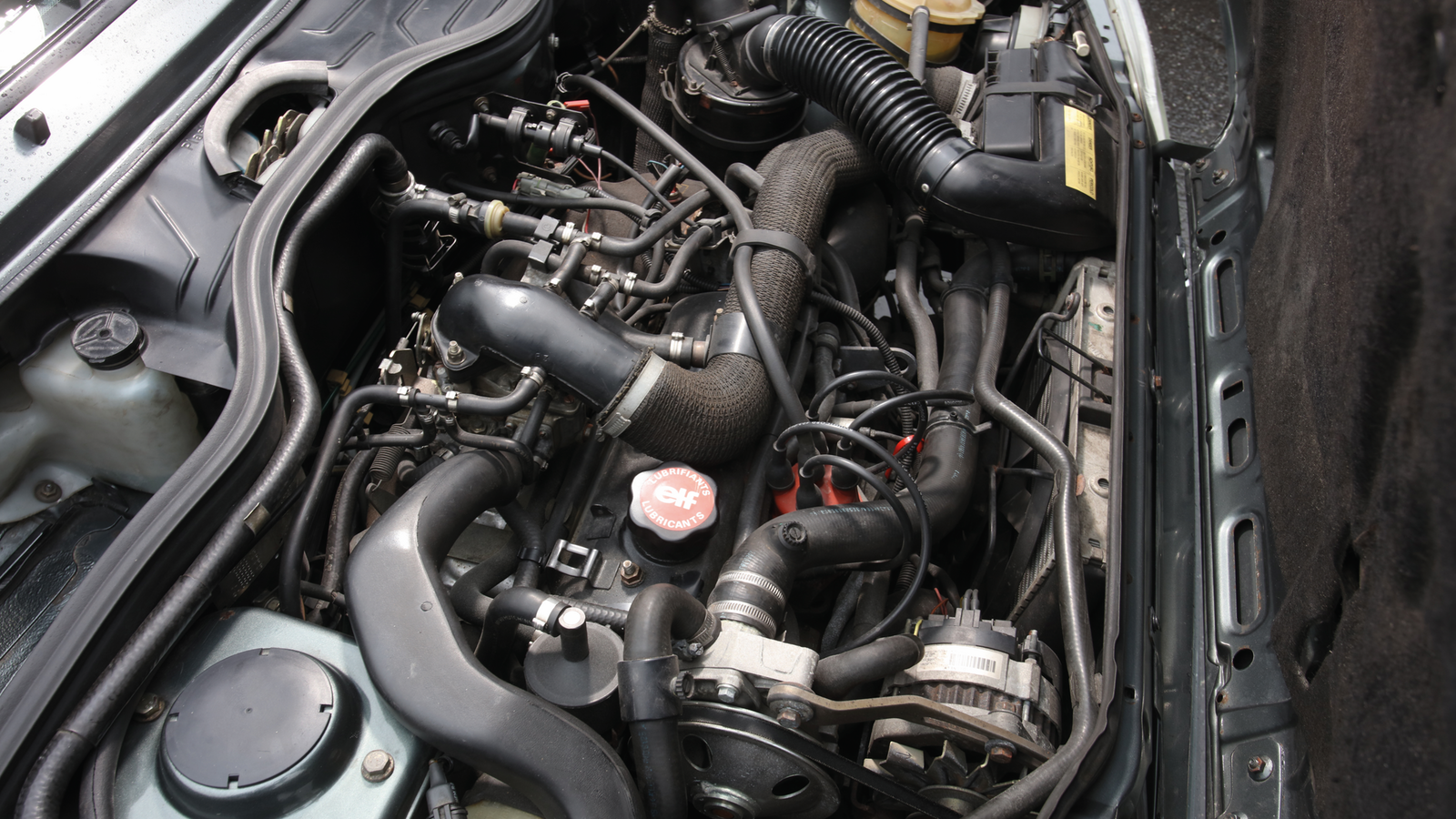 © Tony Baker/James Mann/Classic & Sports Car
© Tony Baker/James Mann/Classic & Sports Car -
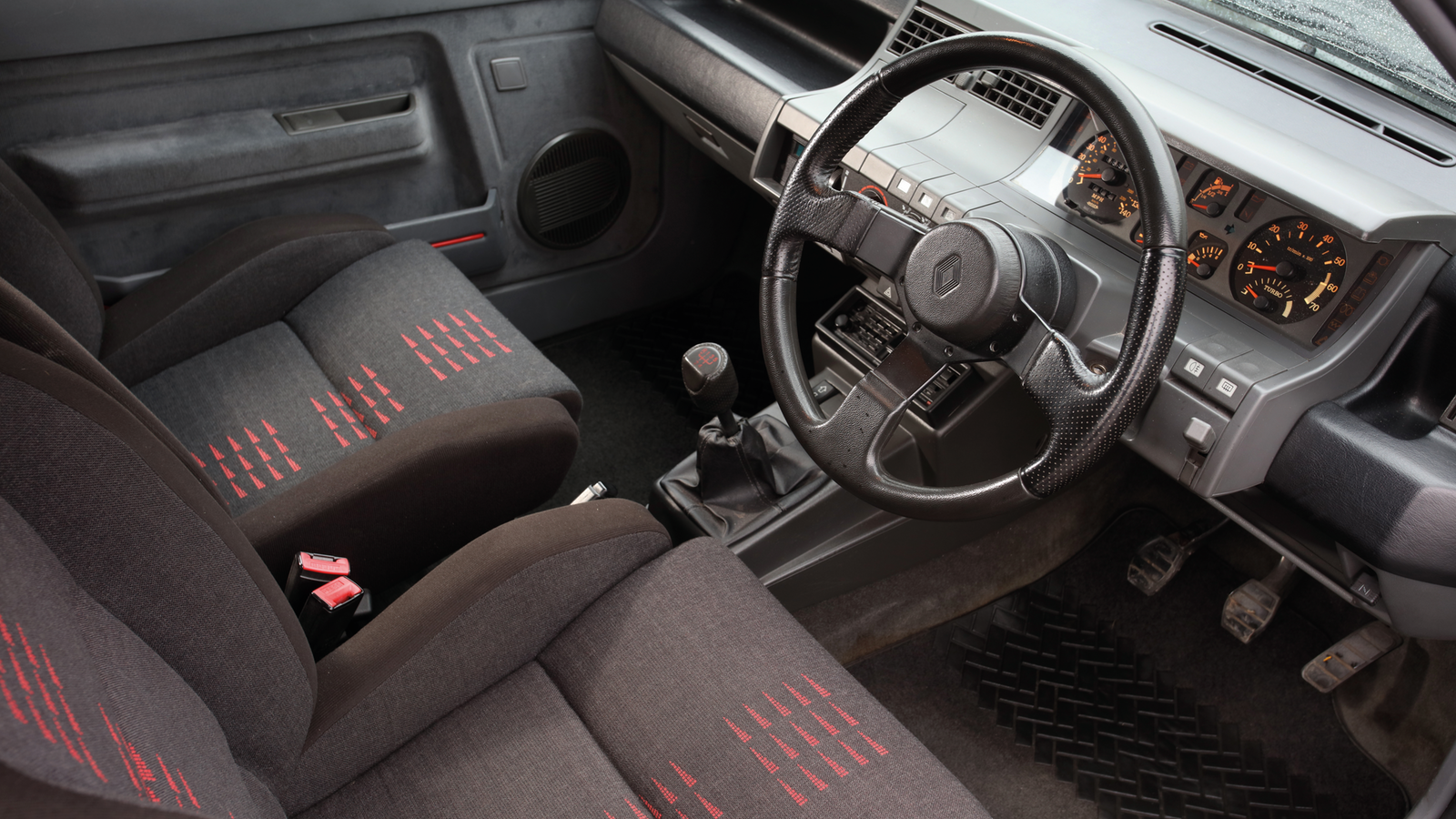 © Tony Baker/James Mann/Classic & Sports Car
© Tony Baker/James Mann/Classic & Sports Car -
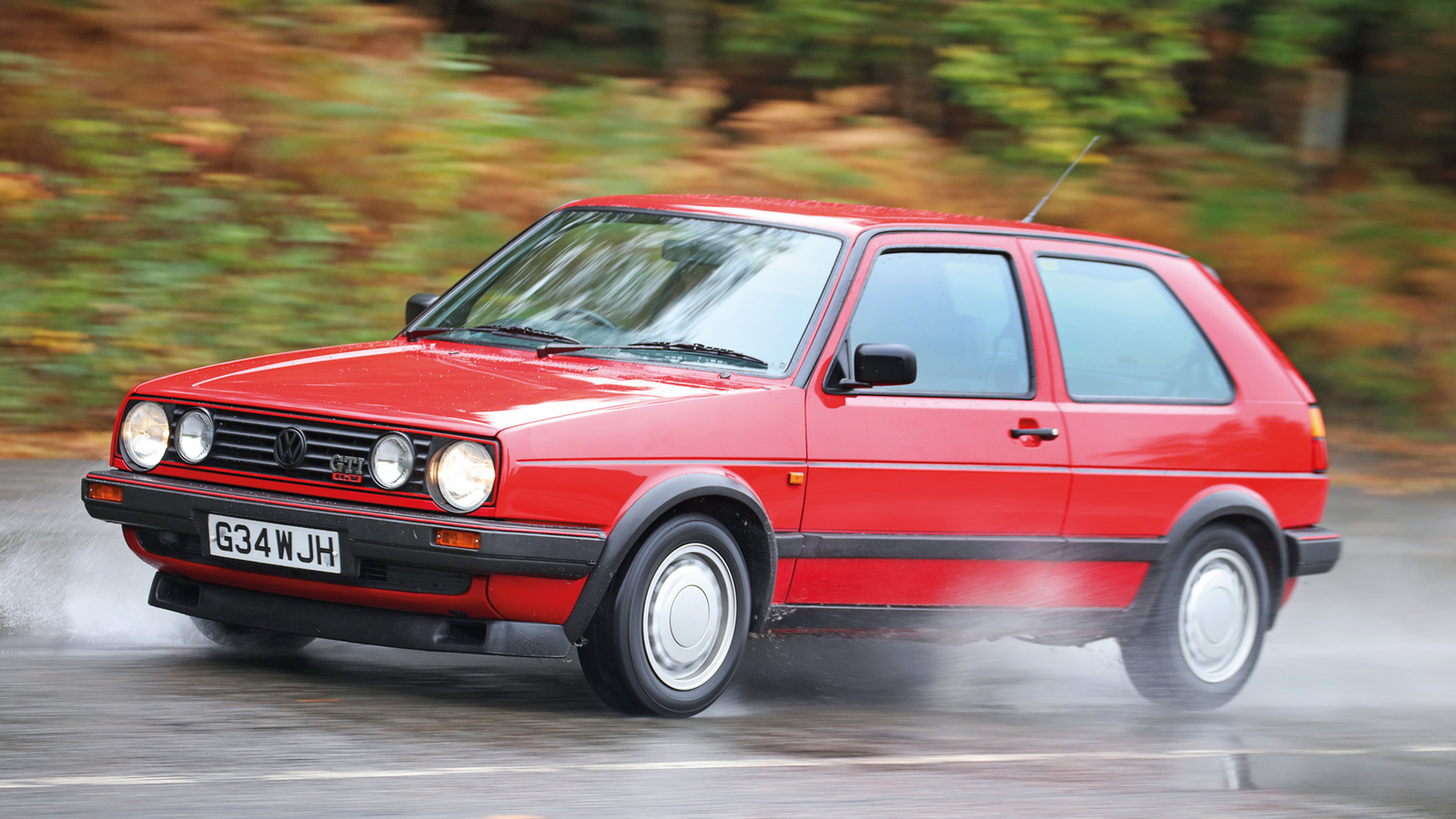 © Tony Baker/James Mann/Classic & Sports Car
© Tony Baker/James Mann/Classic & Sports Car -
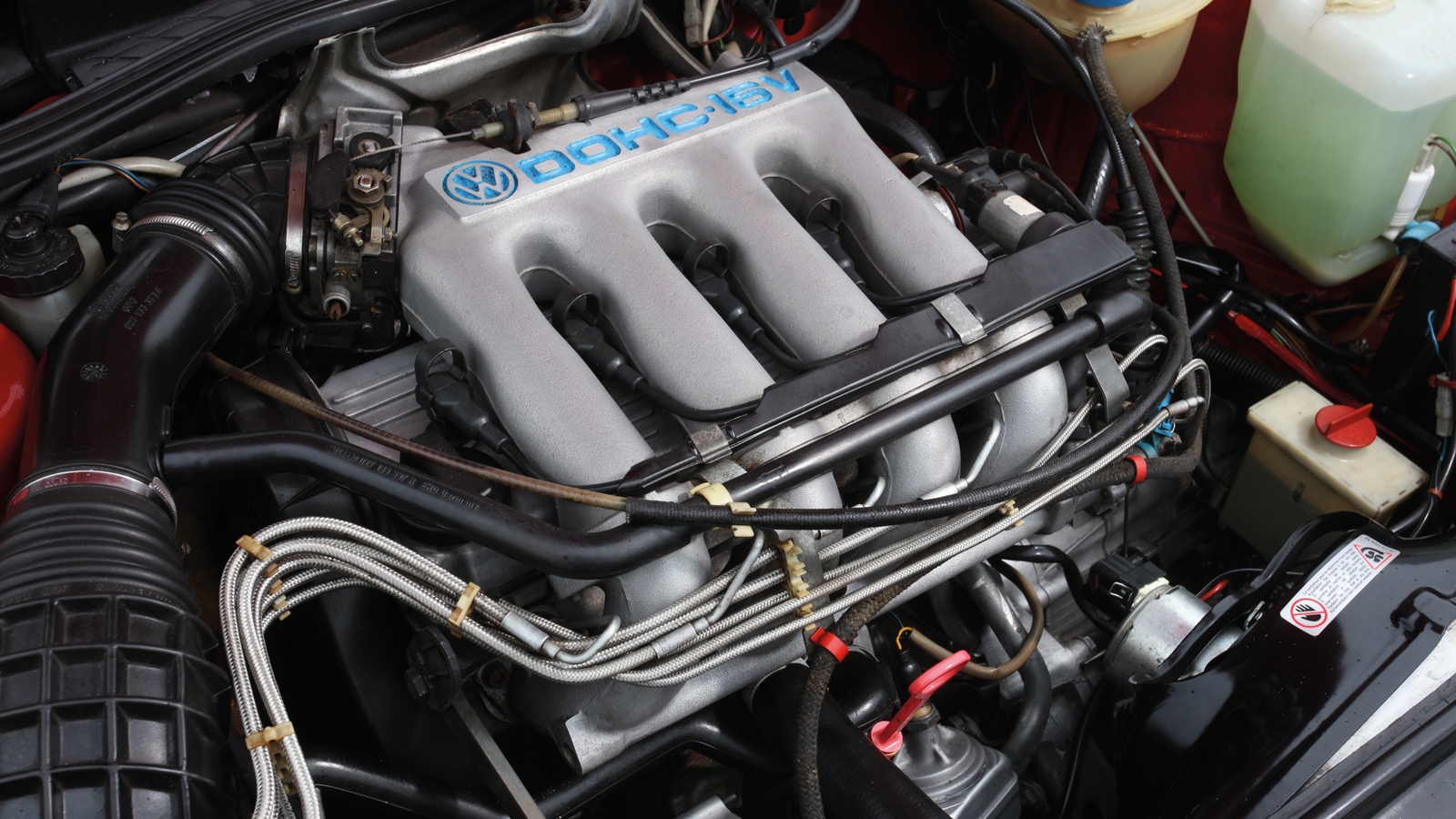 © Tony Baker/James Mann/Classic & Sports Car
© Tony Baker/James Mann/Classic & Sports Car -
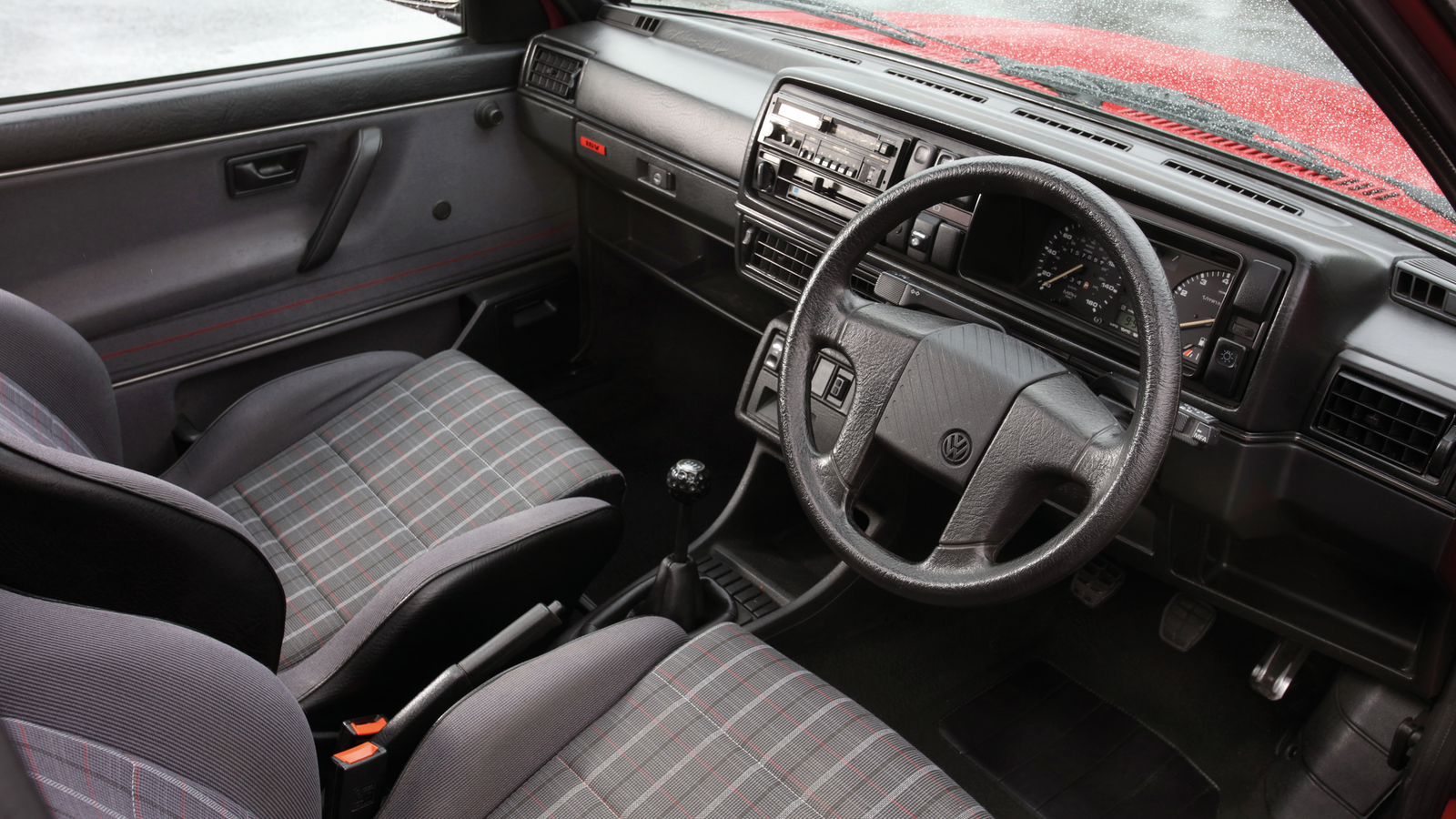 © Tony Baker/James Mann/Classic & Sports Car
© Tony Baker/James Mann/Classic & Sports Car -
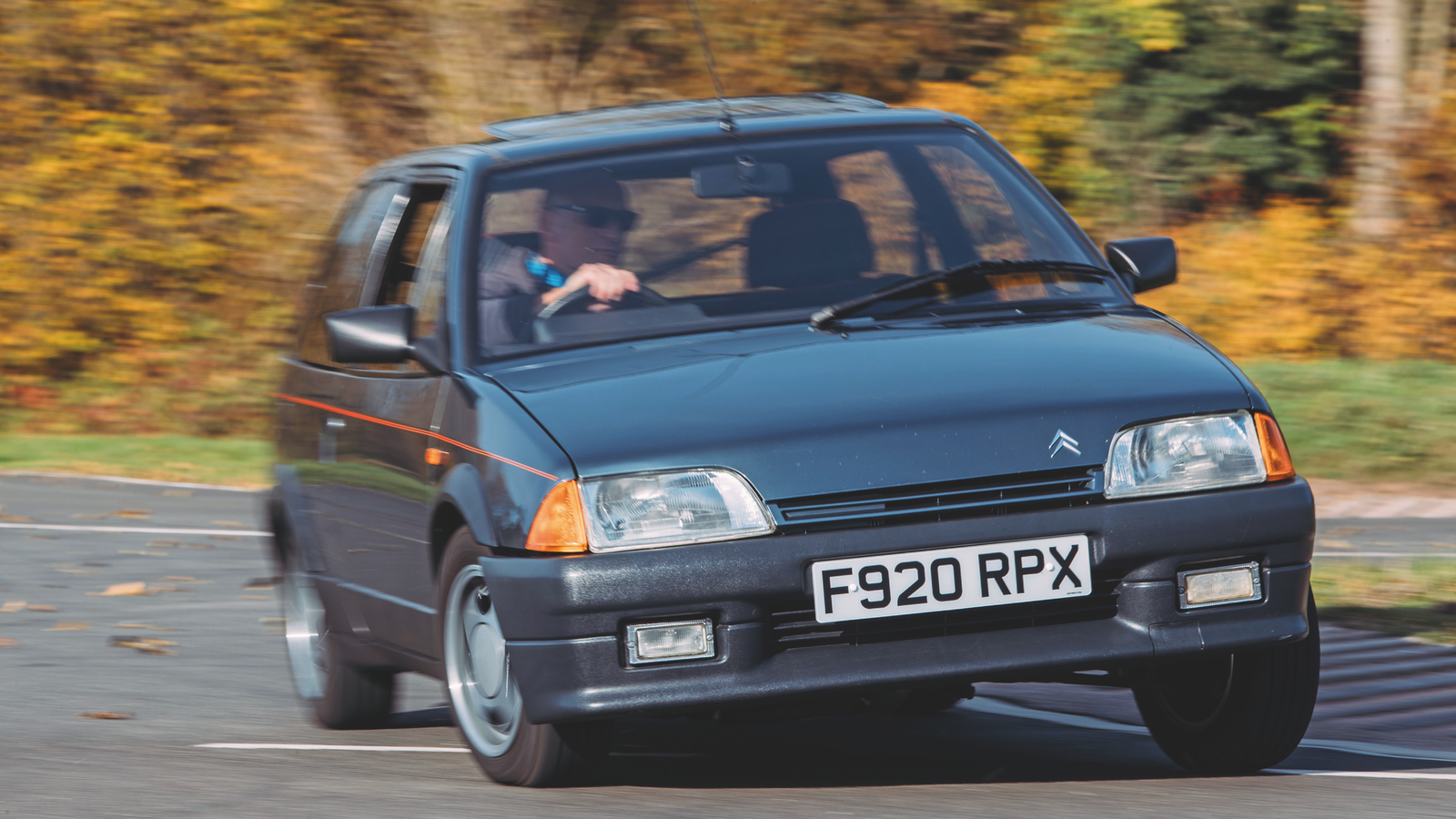 © Malcolm Griffiths/Classic & Sports Car
© Malcolm Griffiths/Classic & Sports Car -
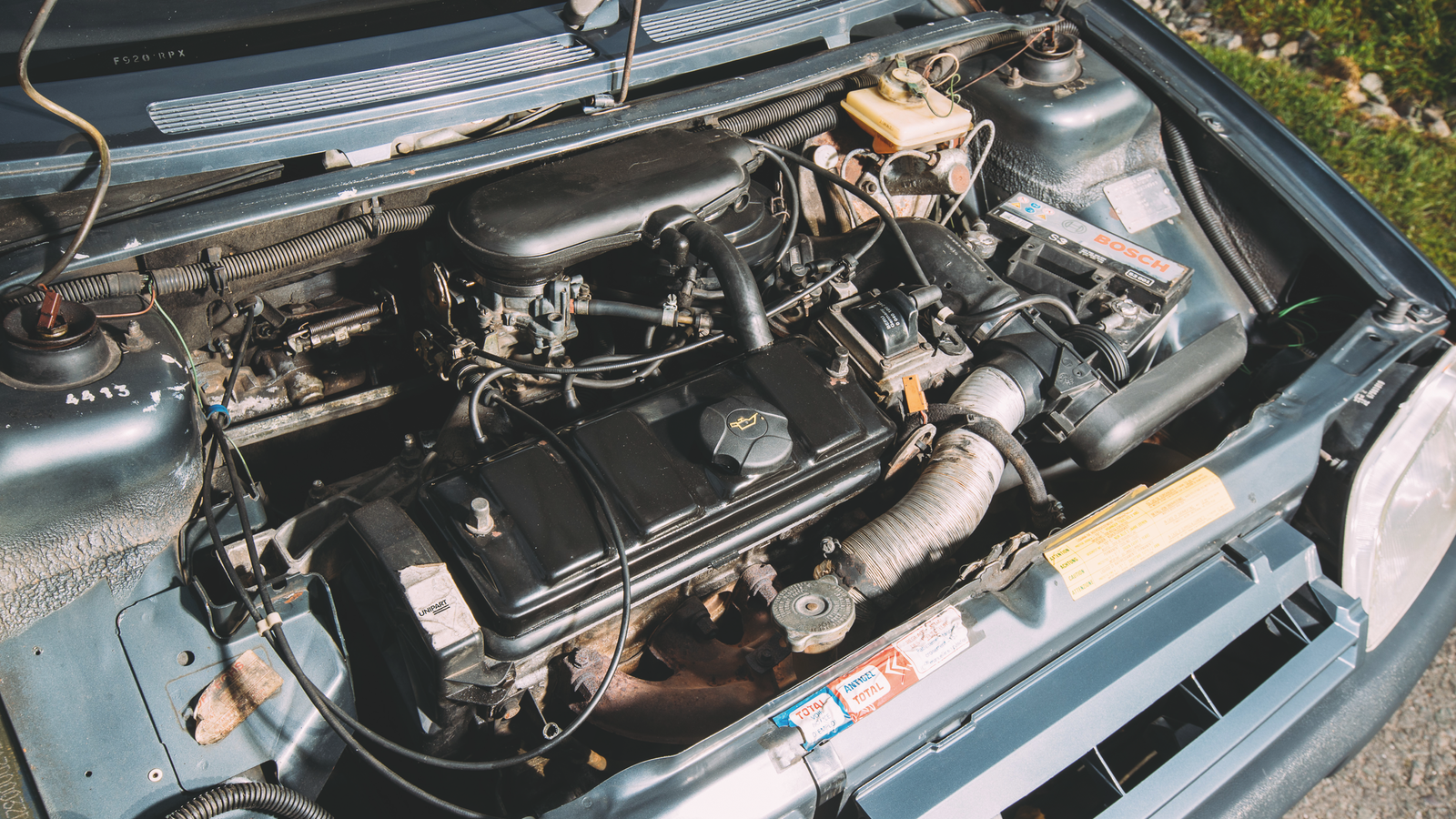 © Malcolm Griffiths/Classic & Sports Car
© Malcolm Griffiths/Classic & Sports Car -
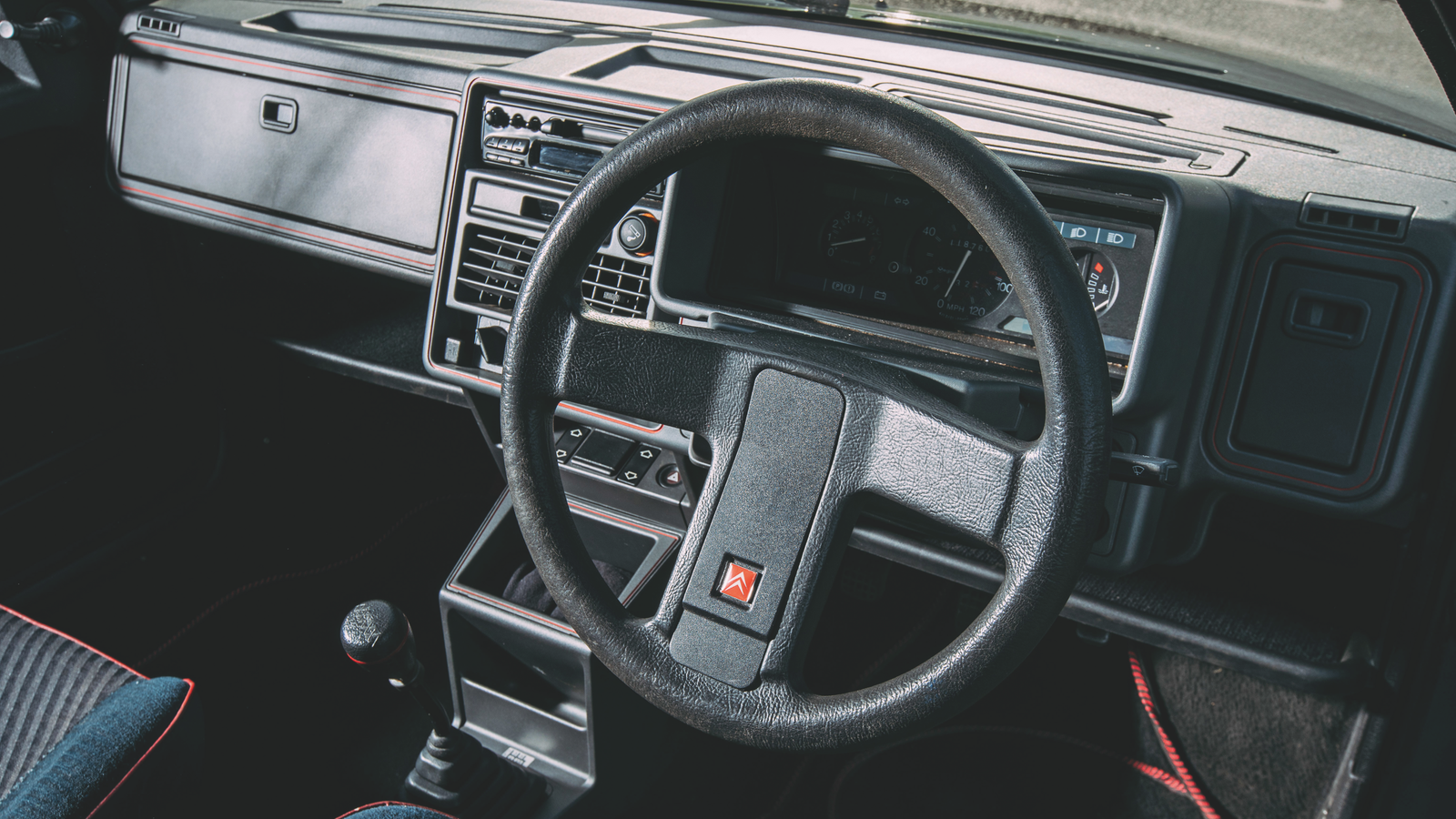 © Malcolm Griffiths/Classic & Sports Car
© Malcolm Griffiths/Classic & Sports Car -
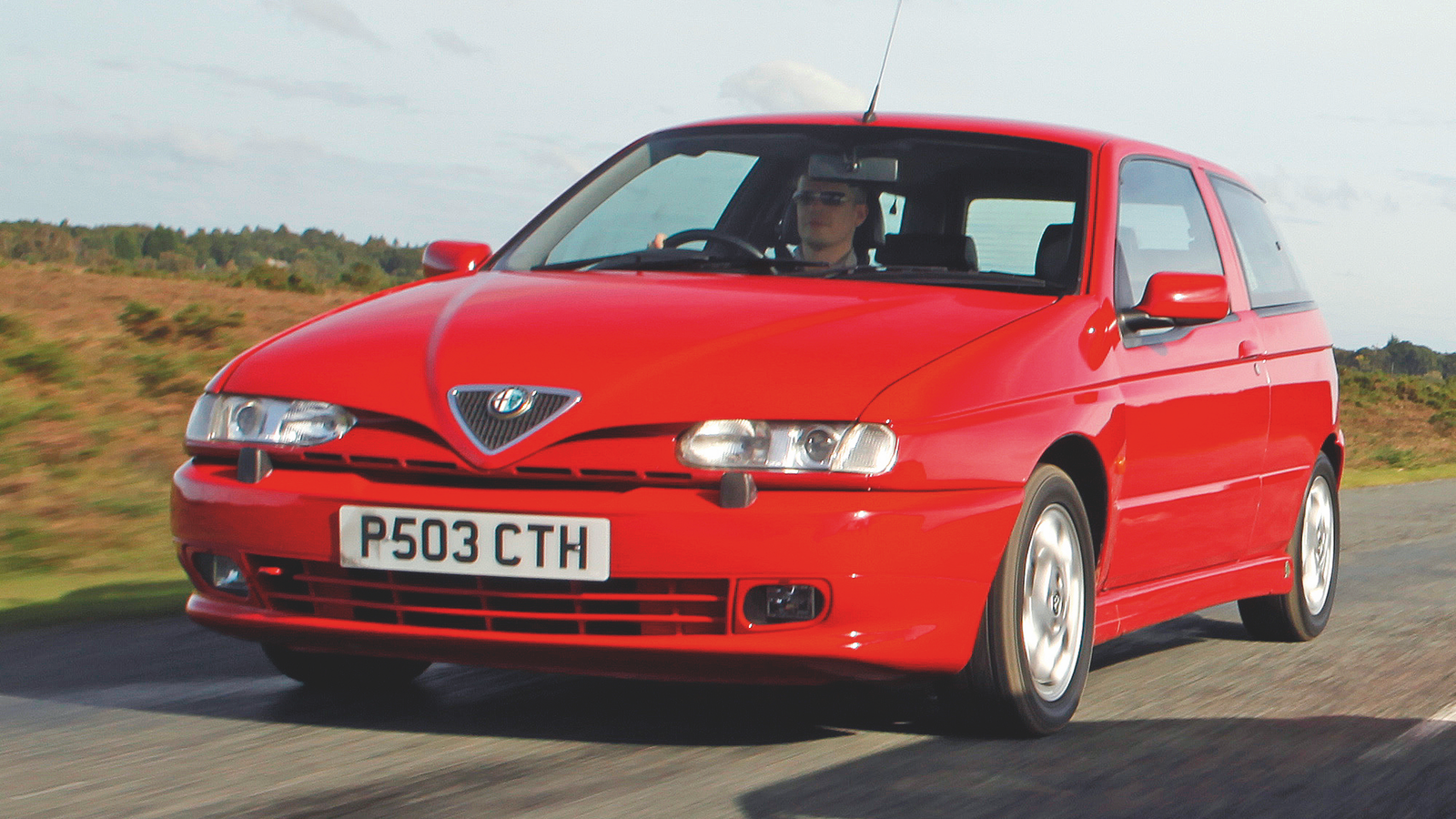 © Tony Baker/Classic & Sports Car
© Tony Baker/Classic & Sports Car -
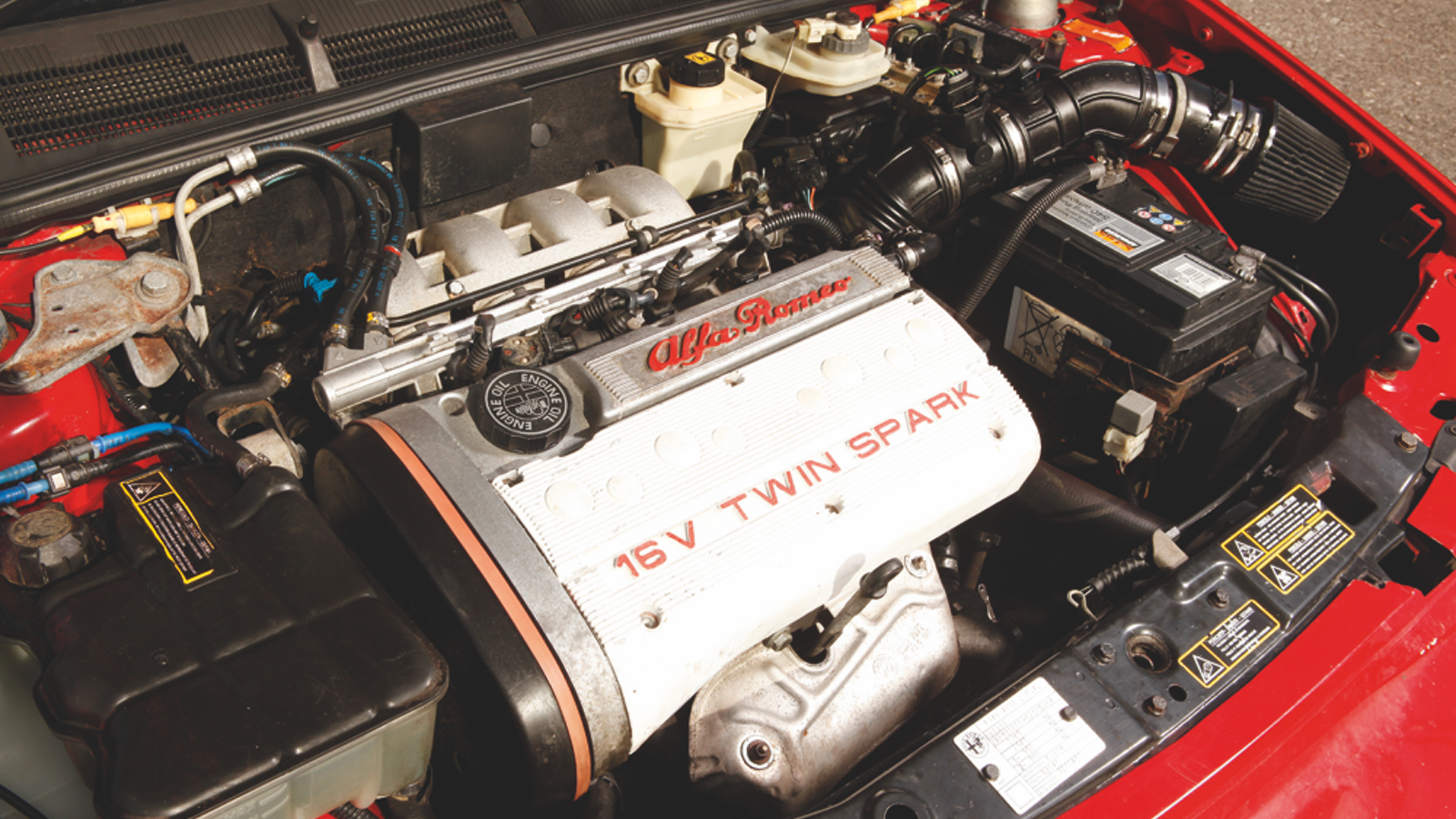 © Tony Baker/Classic & Sports Car
© Tony Baker/Classic & Sports Car -
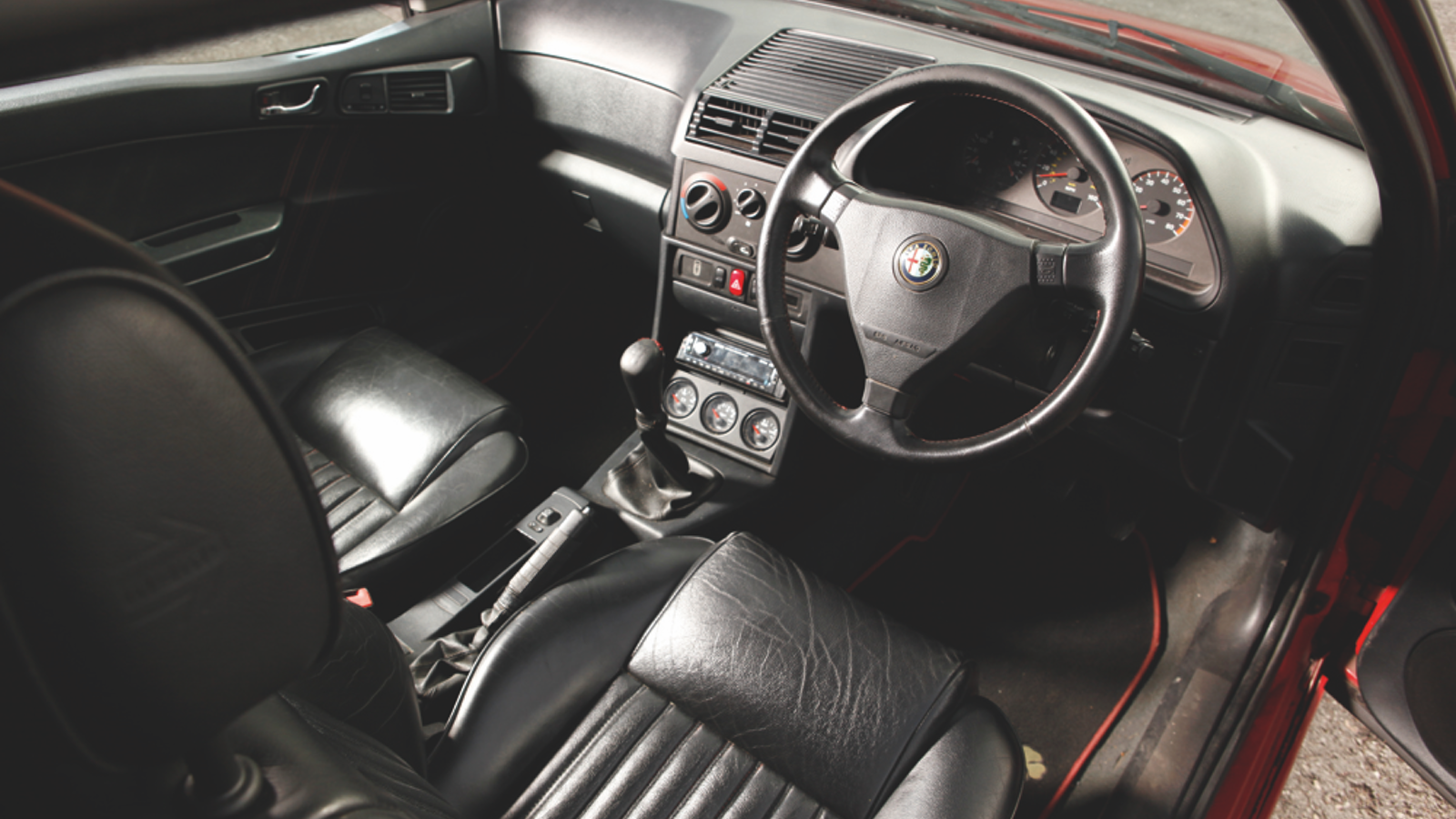 © Tony Baker/Classic & Sports Car
© Tony Baker/Classic & Sports Car -
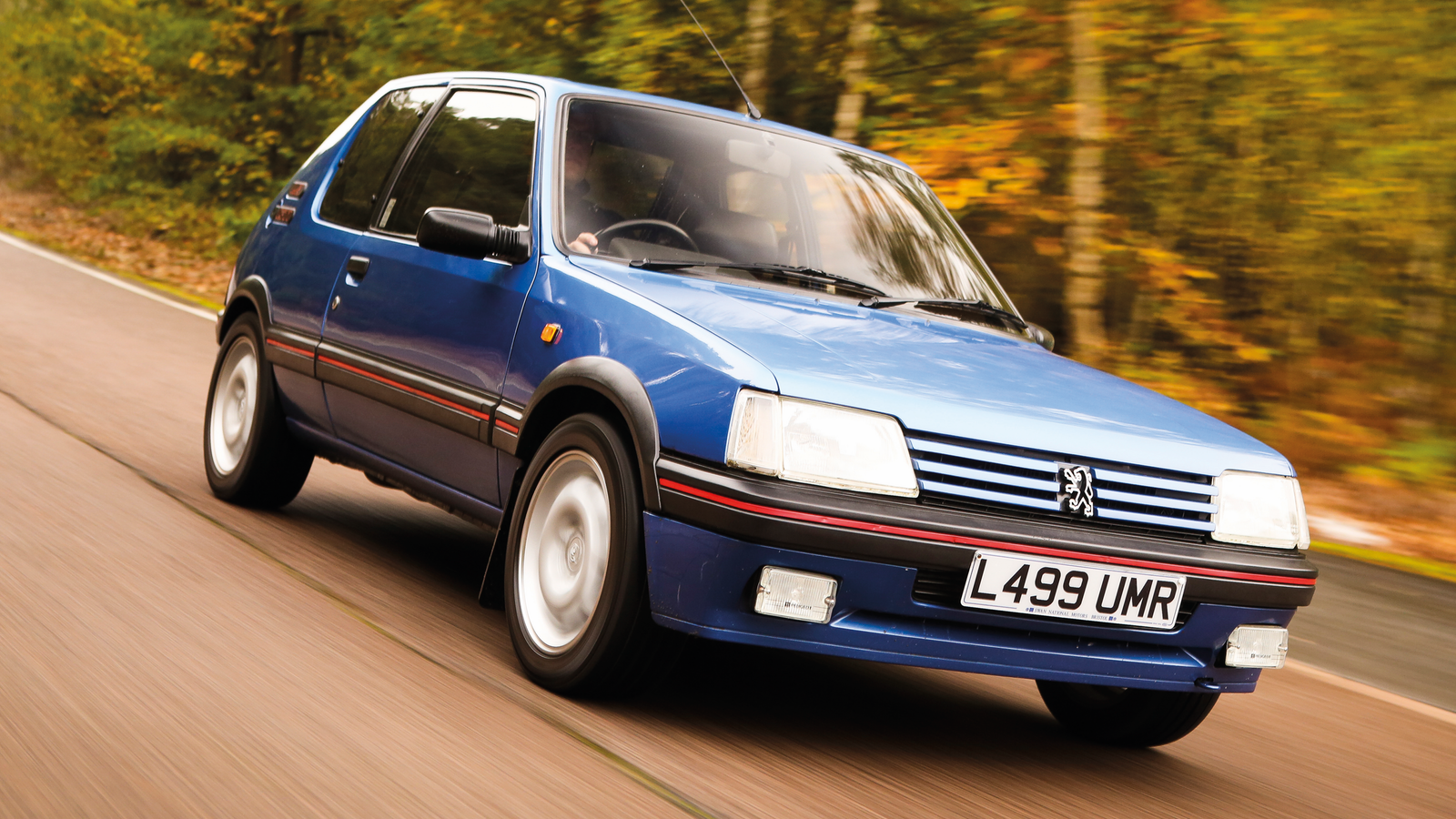 © Tony Baker/James Mann/Classic & Sports Car
© Tony Baker/James Mann/Classic & Sports Car -
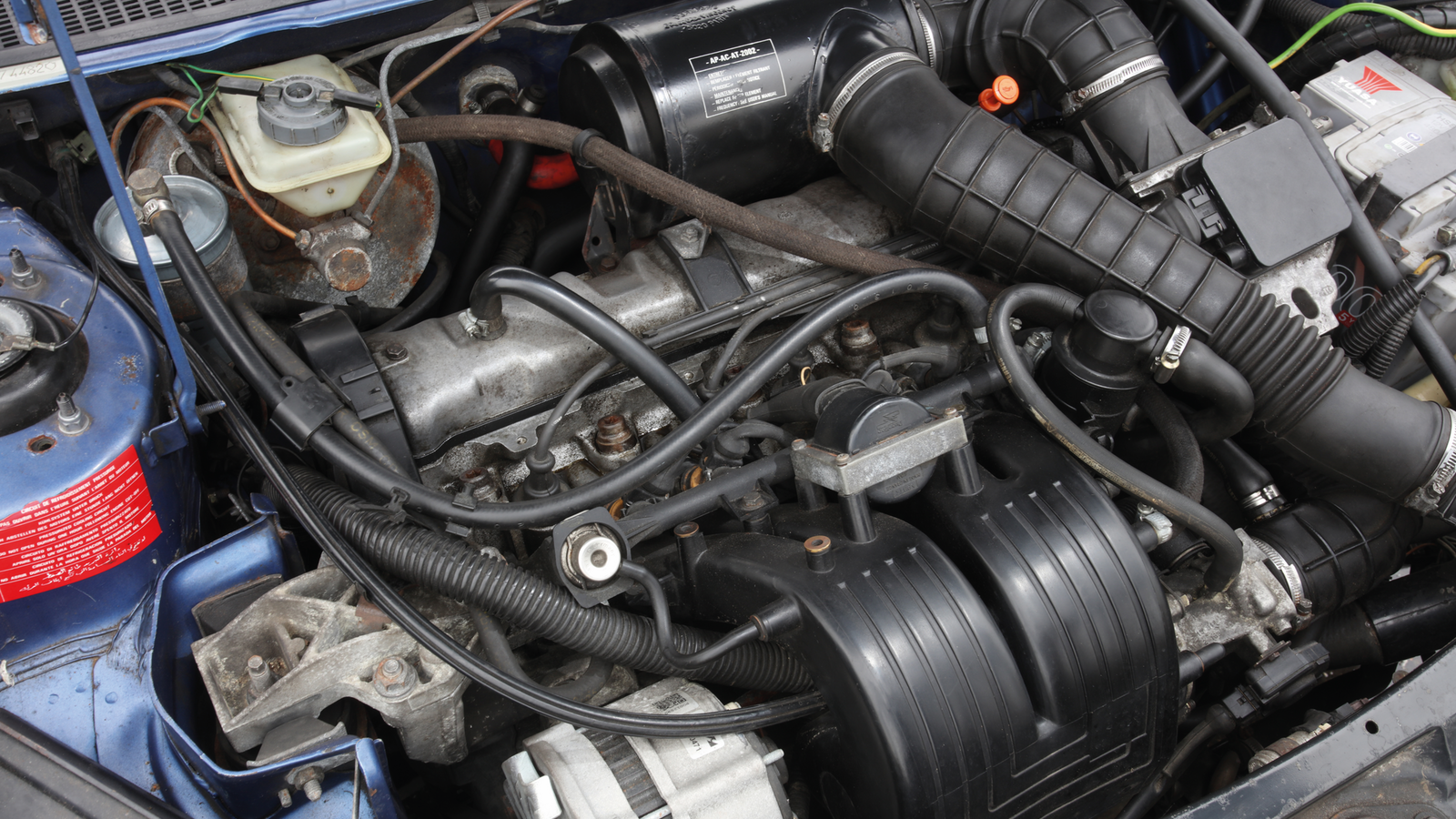 © Tony Baker/James Mann/Classic & Sports Car
© Tony Baker/James Mann/Classic & Sports Car -
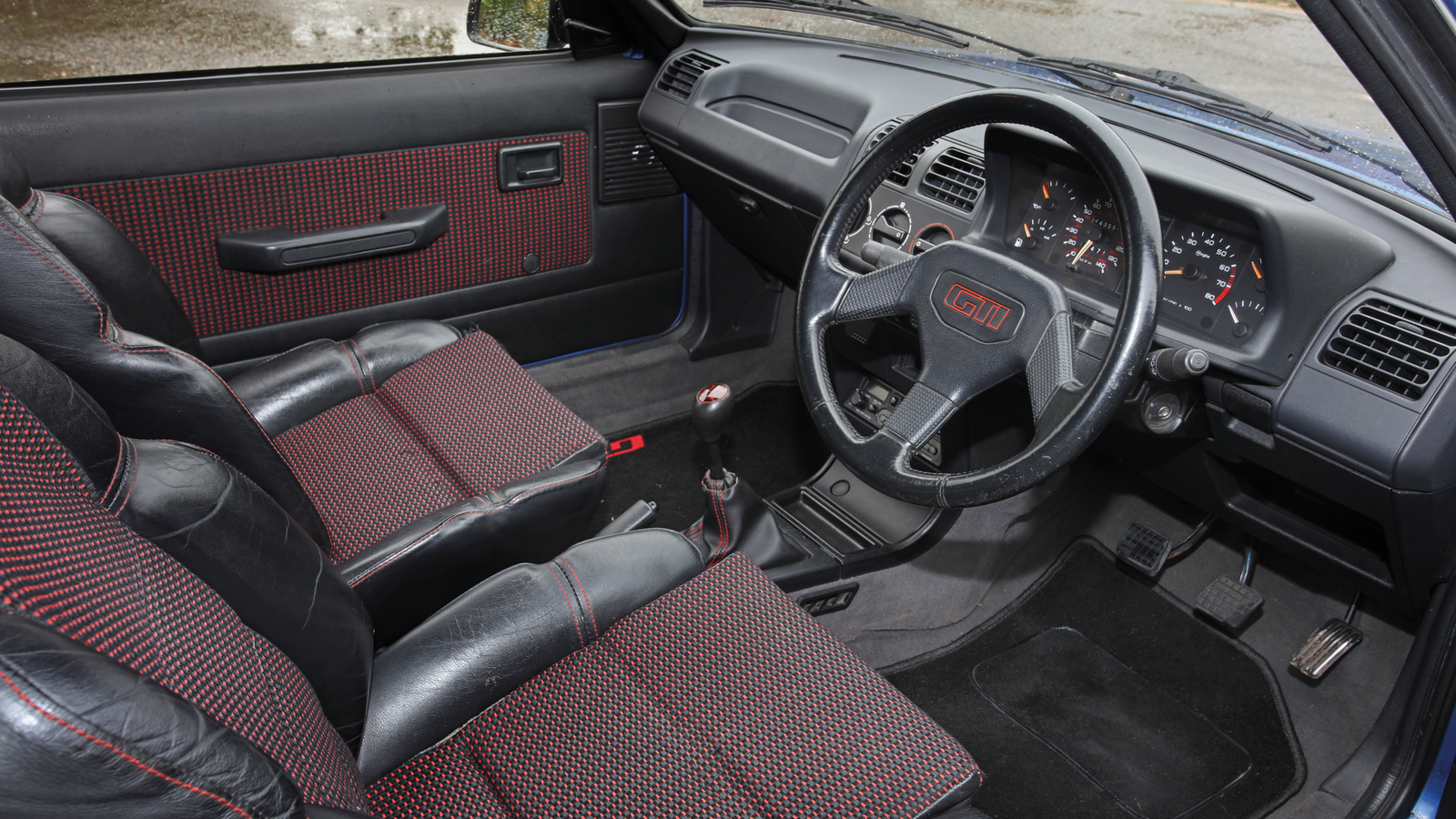 © Tony Baker/James Mann/Classic & Sports Car
© Tony Baker/James Mann/Classic & Sports Car -
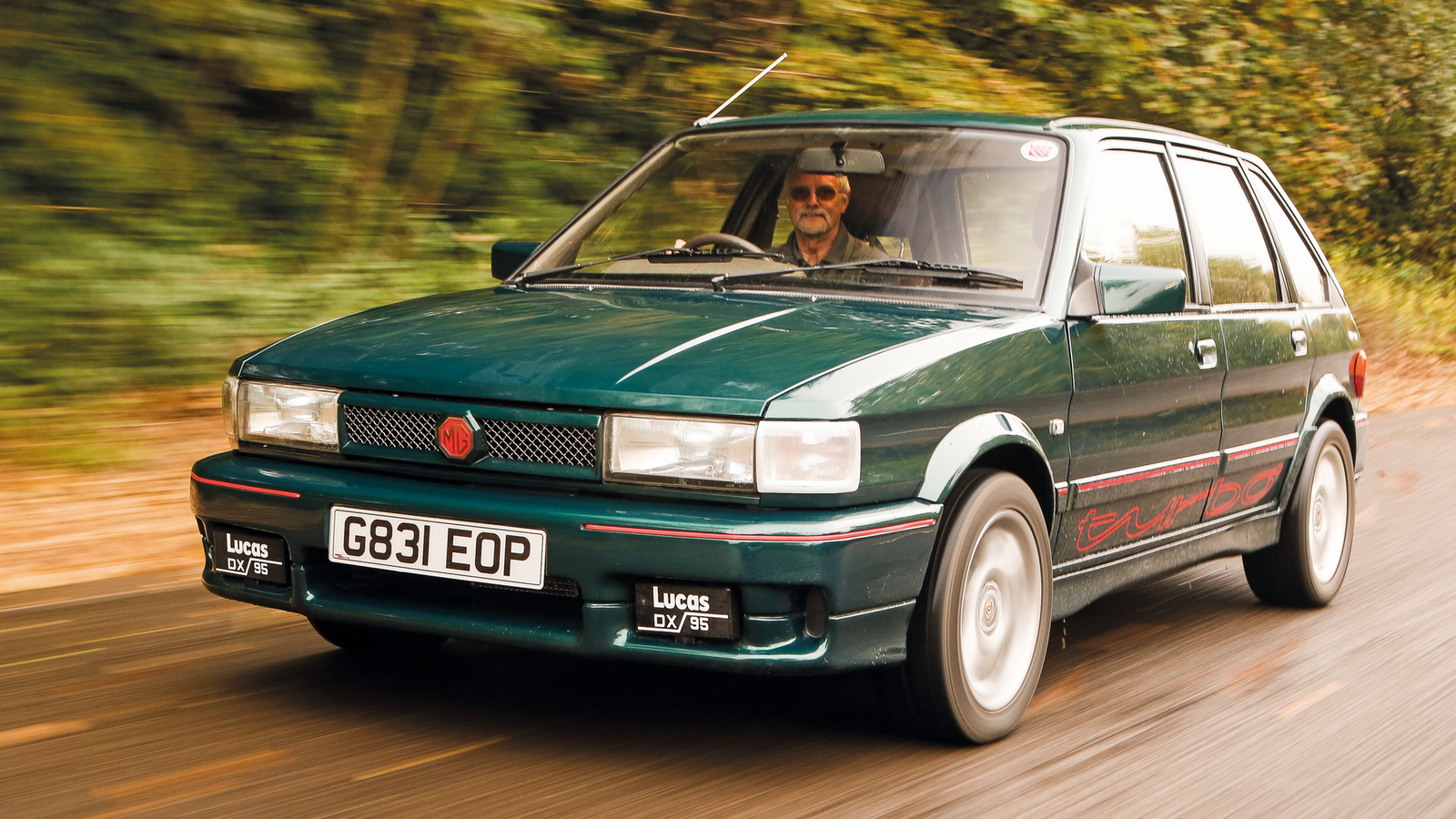 © Tony Baker/James Mann/Classic & Sports Car
© Tony Baker/James Mann/Classic & Sports Car -
 © Tony Baker/James Mann/Classic & Sports Car
© Tony Baker/James Mann/Classic & Sports Car -
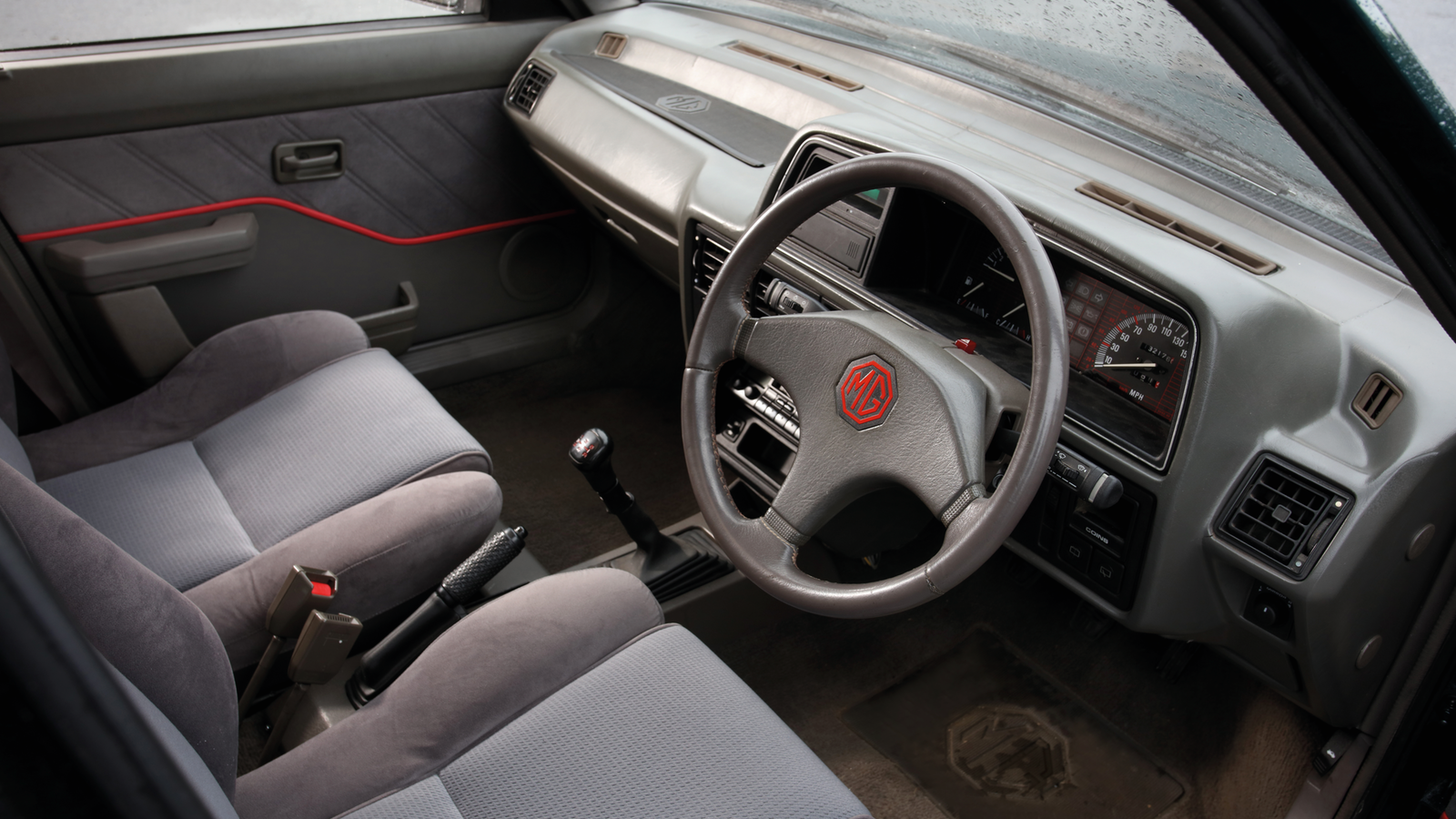 © Tony Baker/James Mann/Classic & Sports Car
© Tony Baker/James Mann/Classic & Sports Car -
 © Tony Baker/James Mann/Classic & Sports Car
© Tony Baker/James Mann/Classic & Sports Car -
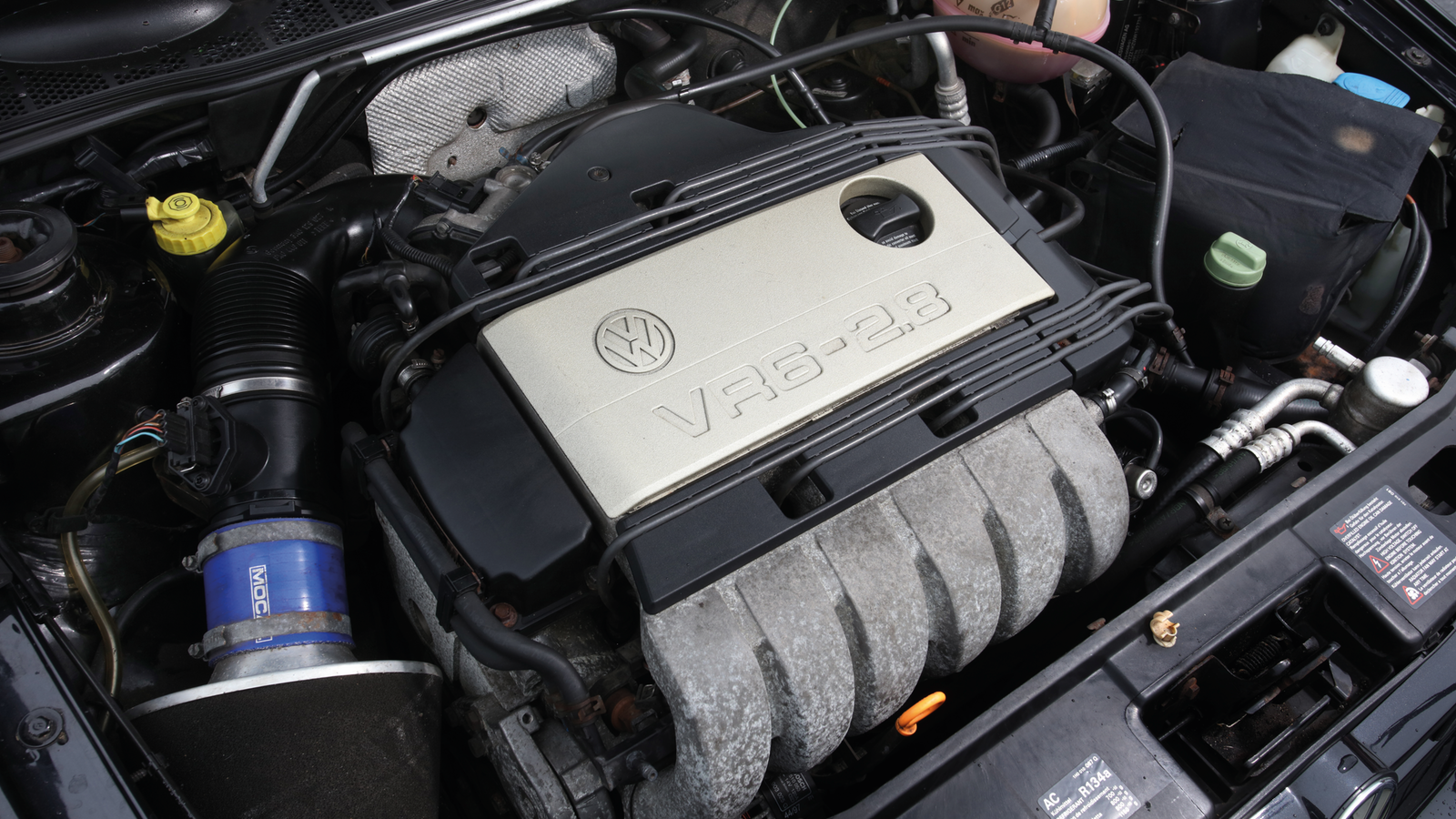 © Tony Baker/James Mann/Classic & Sports Car
© Tony Baker/James Mann/Classic & Sports Car -
 © Tony Baker/James Mann/Classic & Sports Car
© Tony Baker/James Mann/Classic & Sports Car -
 © Tony Baker/James Mann/Classic & Sports Car
© Tony Baker/James Mann/Classic & Sports Car -
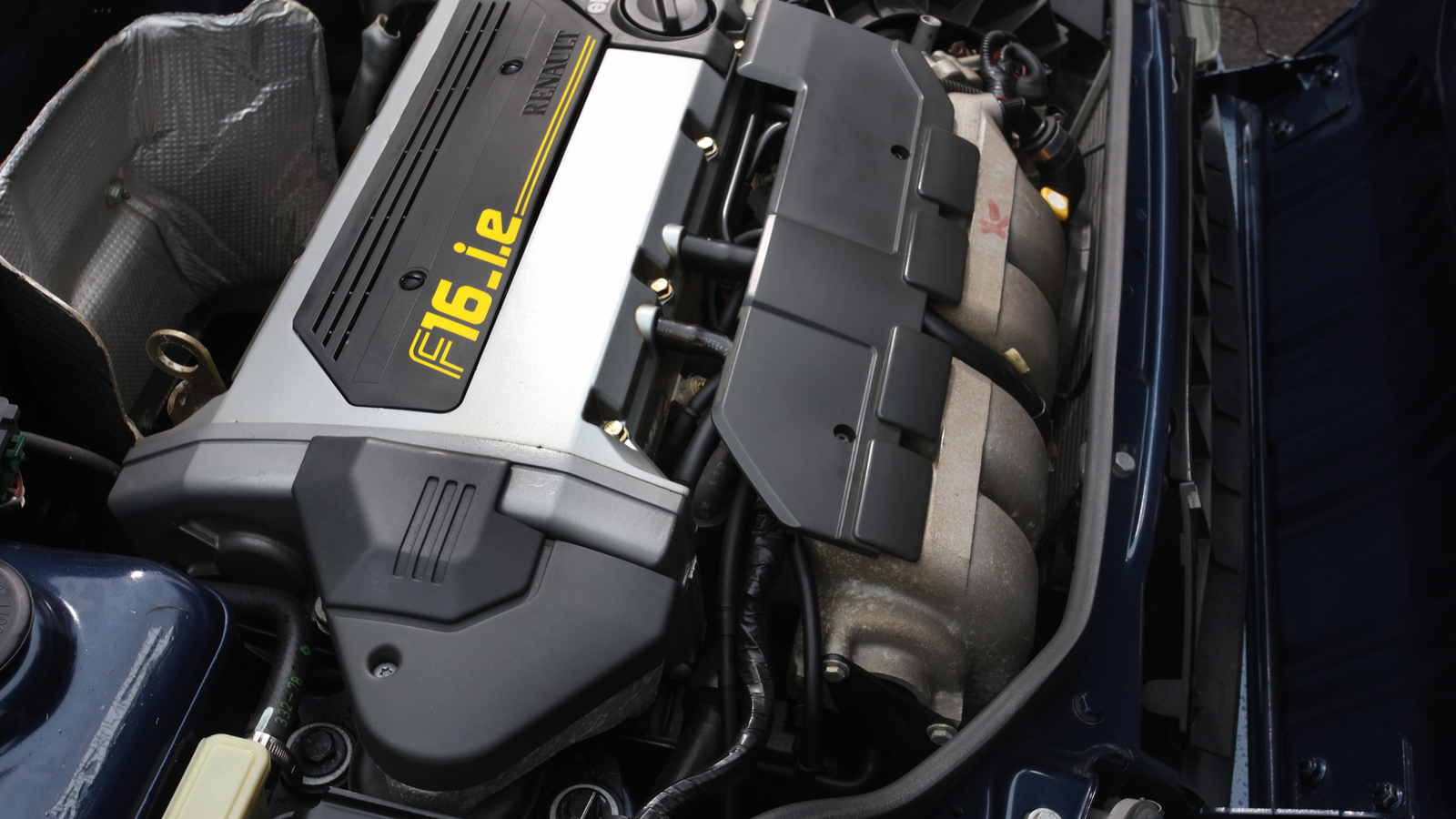 © Tony Baker/James Mann/Classic & Sports Car
© Tony Baker/James Mann/Classic & Sports Car -
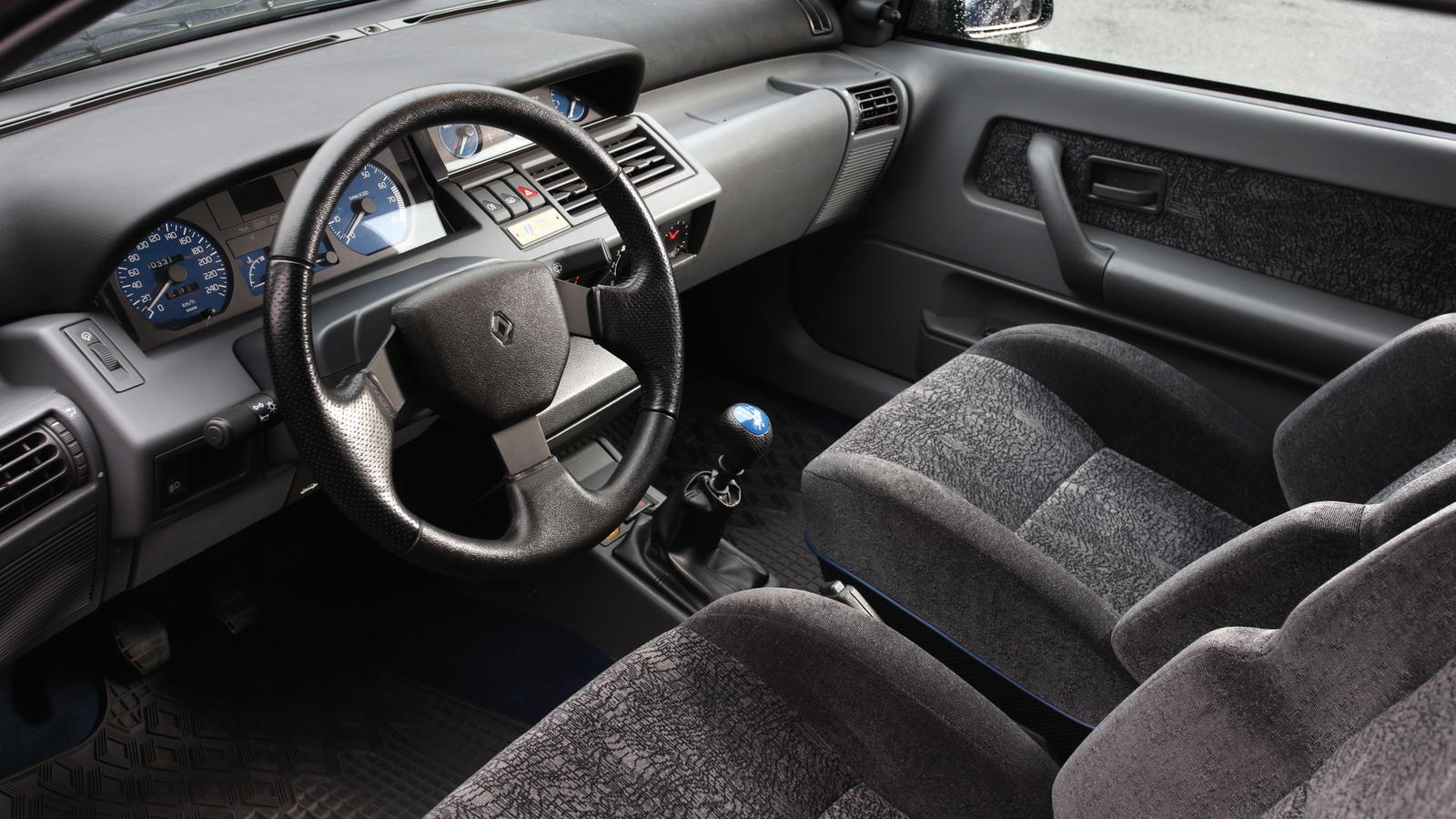 © Tony Baker/James Mann/Classic & Sports Car
© Tony Baker/James Mann/Classic & Sports Car -
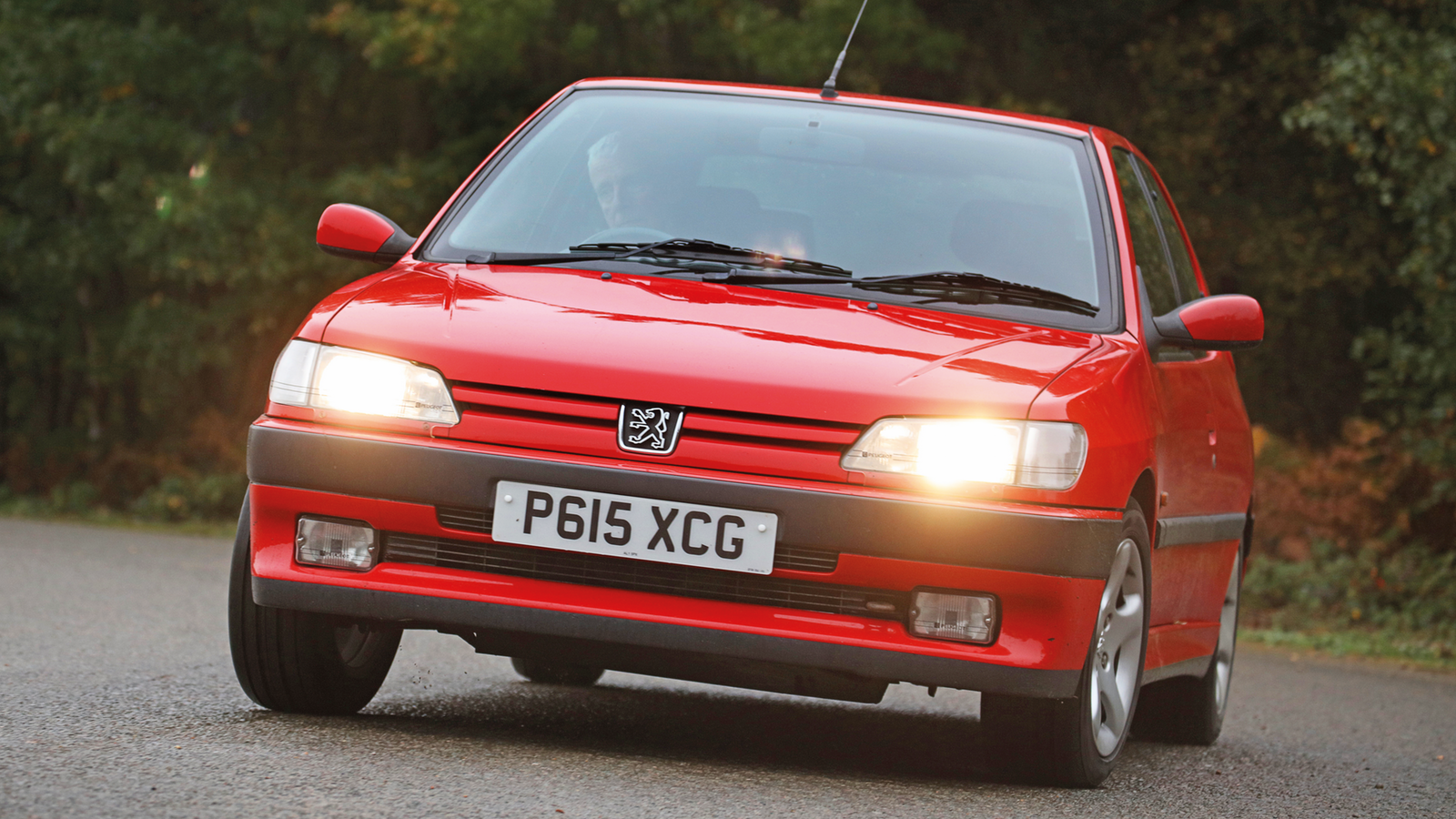 © Tony Baker/James Mann/Classic & Sports Car
© Tony Baker/James Mann/Classic & Sports Car -
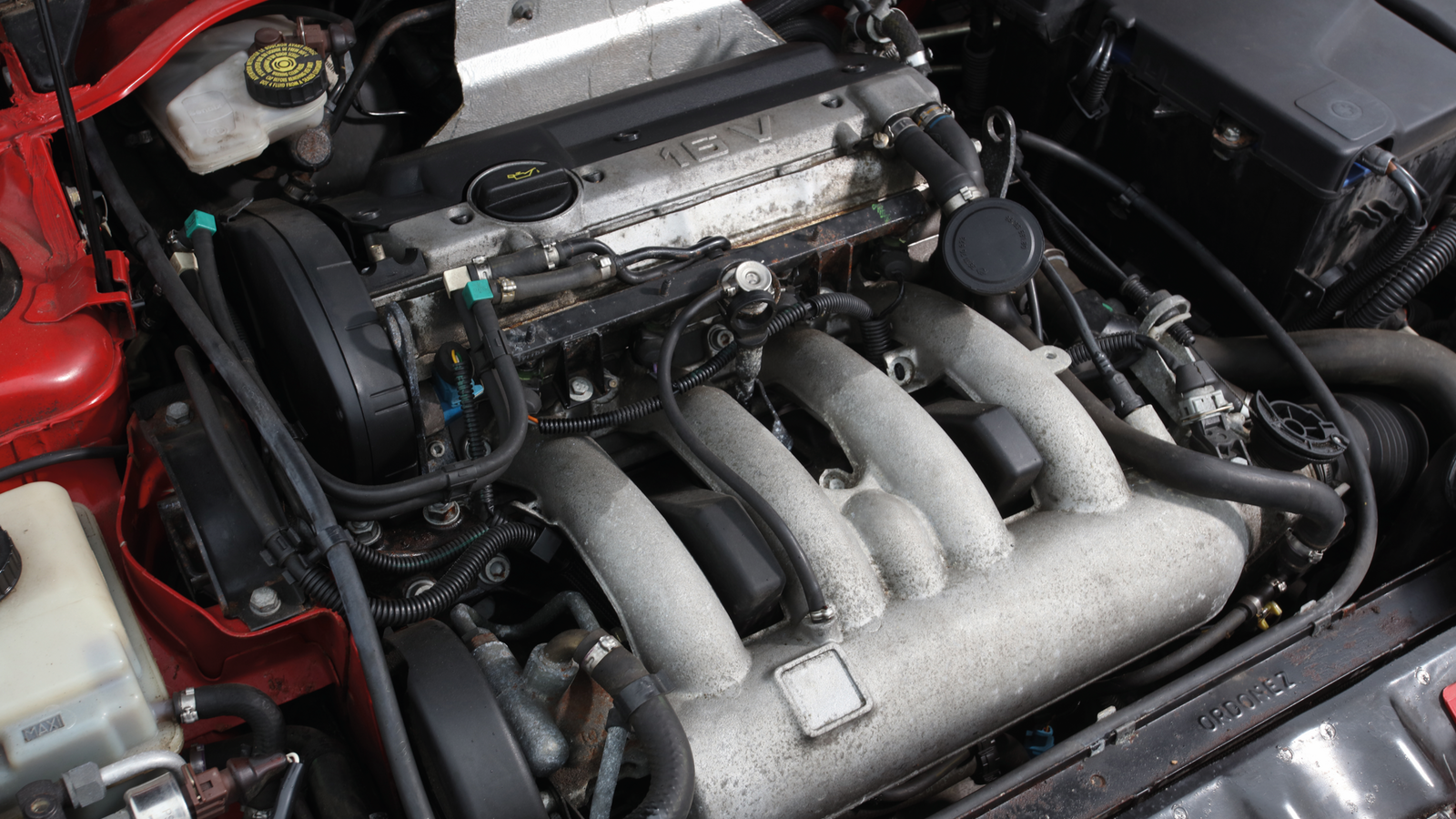 © Tony Baker/James Mann/Classic & Sports Car
© Tony Baker/James Mann/Classic & Sports Car -
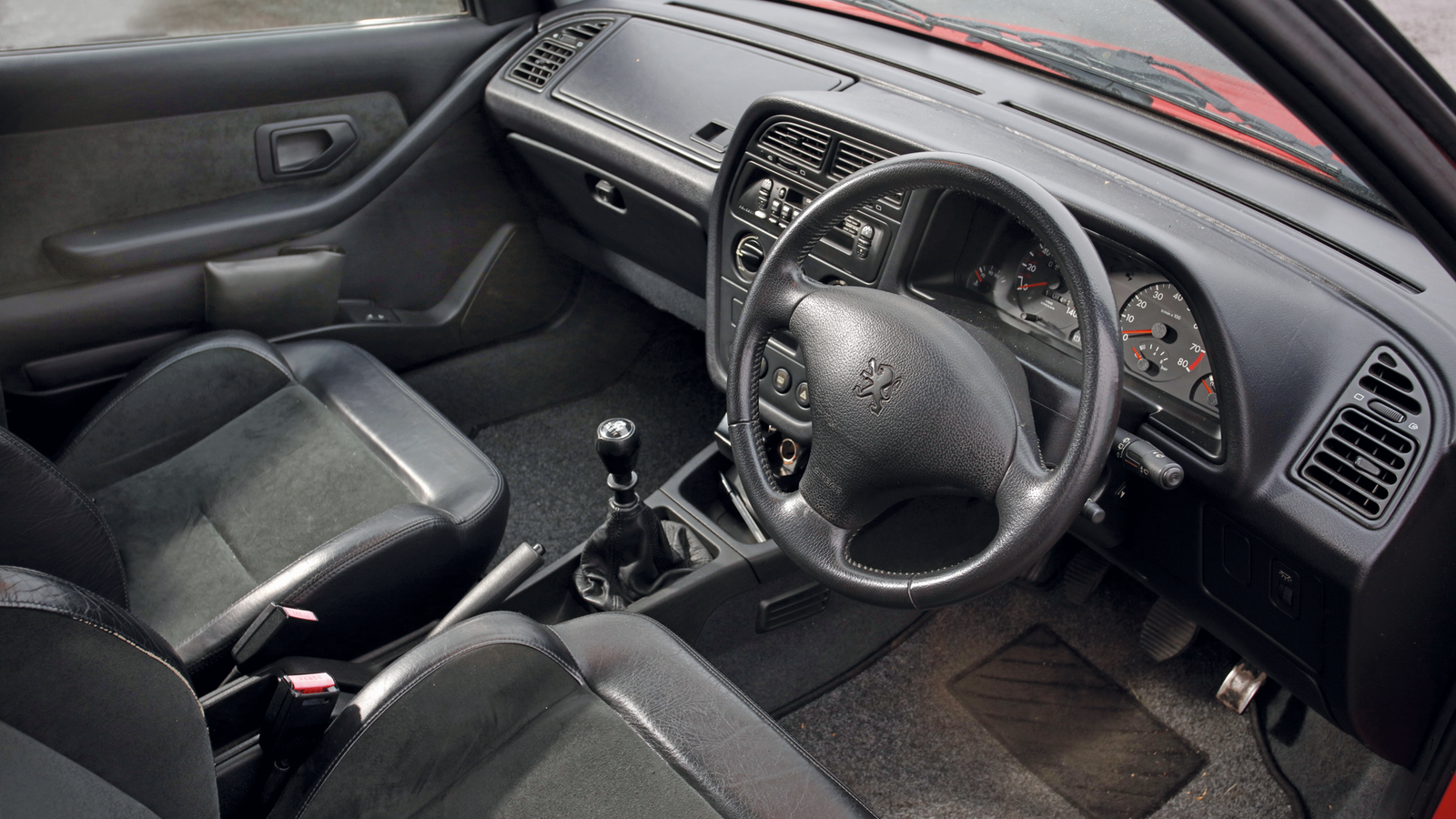 © Tony Baker/James Mann/Classic & Sports Car
© Tony Baker/James Mann/Classic & Sports Car -
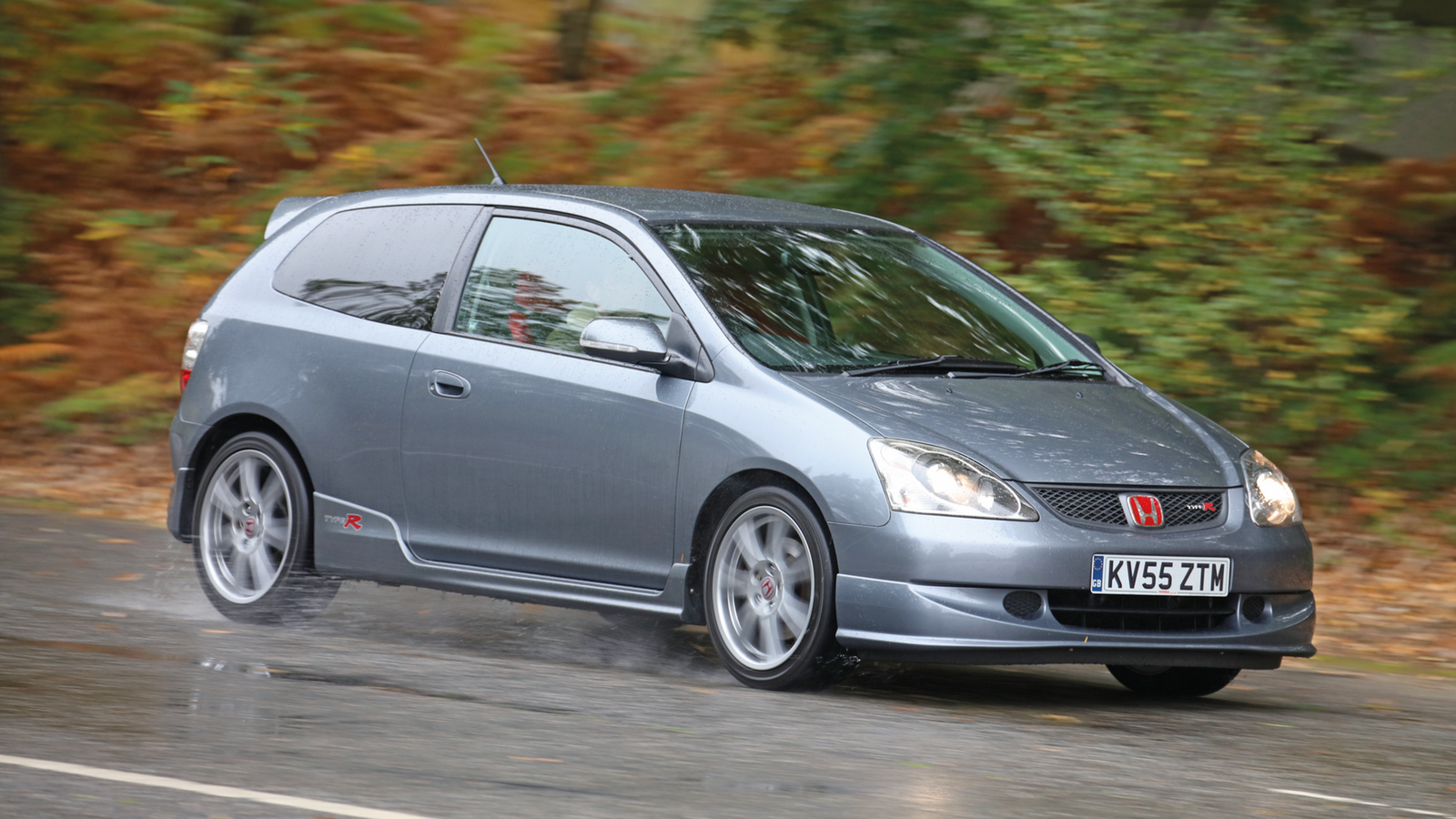 © Tony Baker/James Mann/Classic & Sports Car
© Tony Baker/James Mann/Classic & Sports Car -
 © Tony Baker/James Mann/Classic & Sports Car
© Tony Baker/James Mann/Classic & Sports Car -
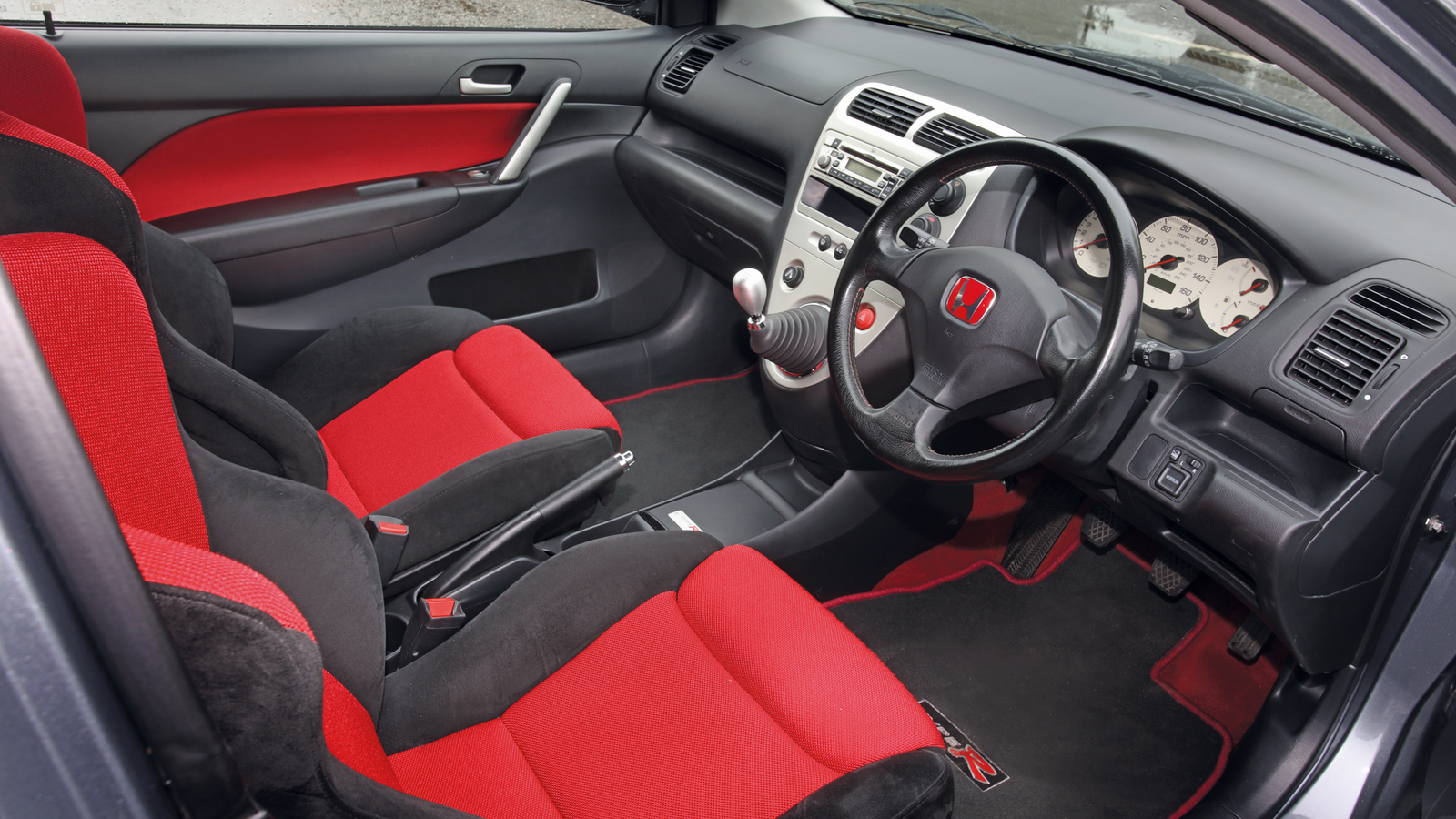 ©
© -
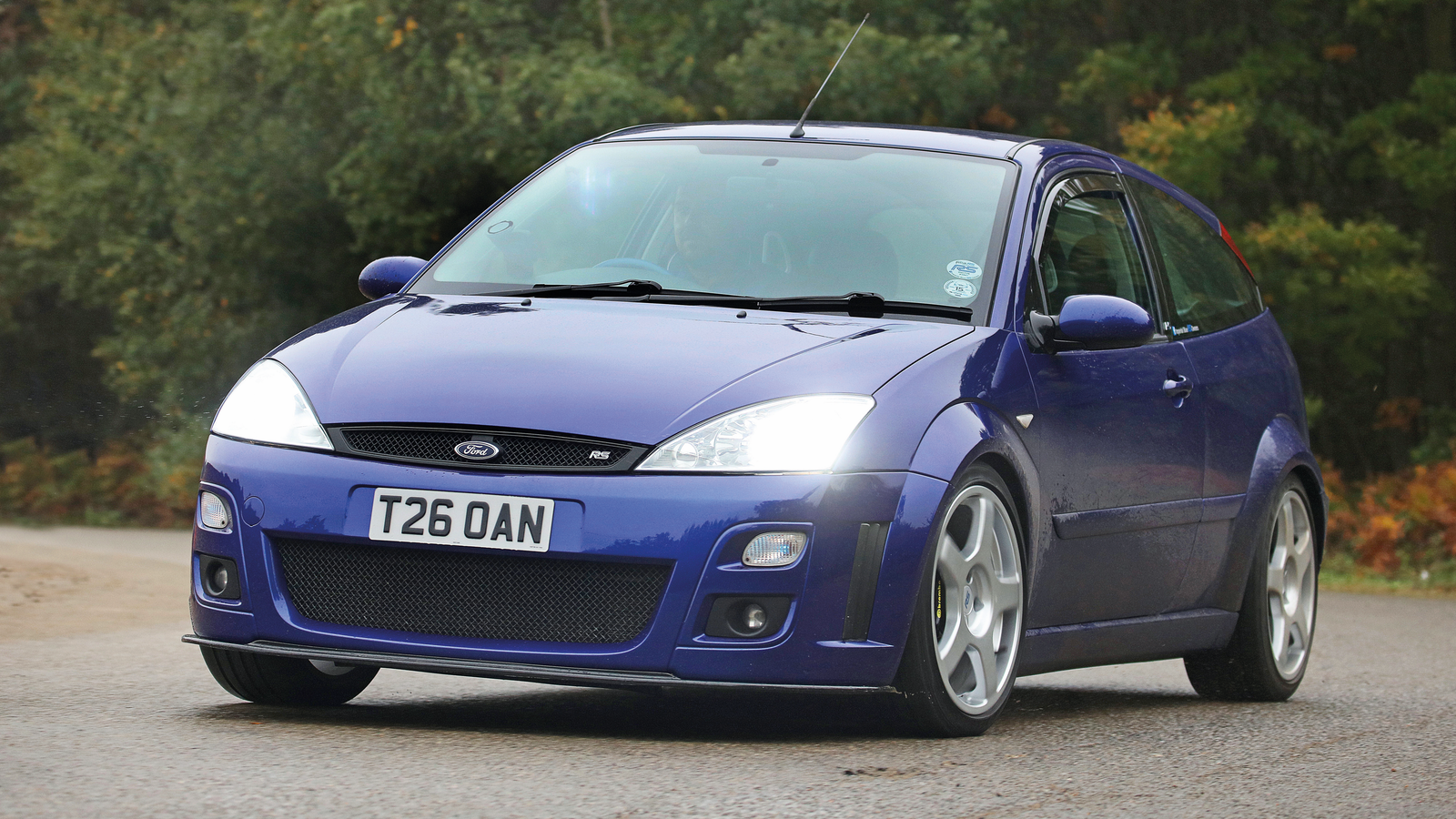 © Tony Baker/James Mann/Classic & Sports Car
© Tony Baker/James Mann/Classic & Sports Car -
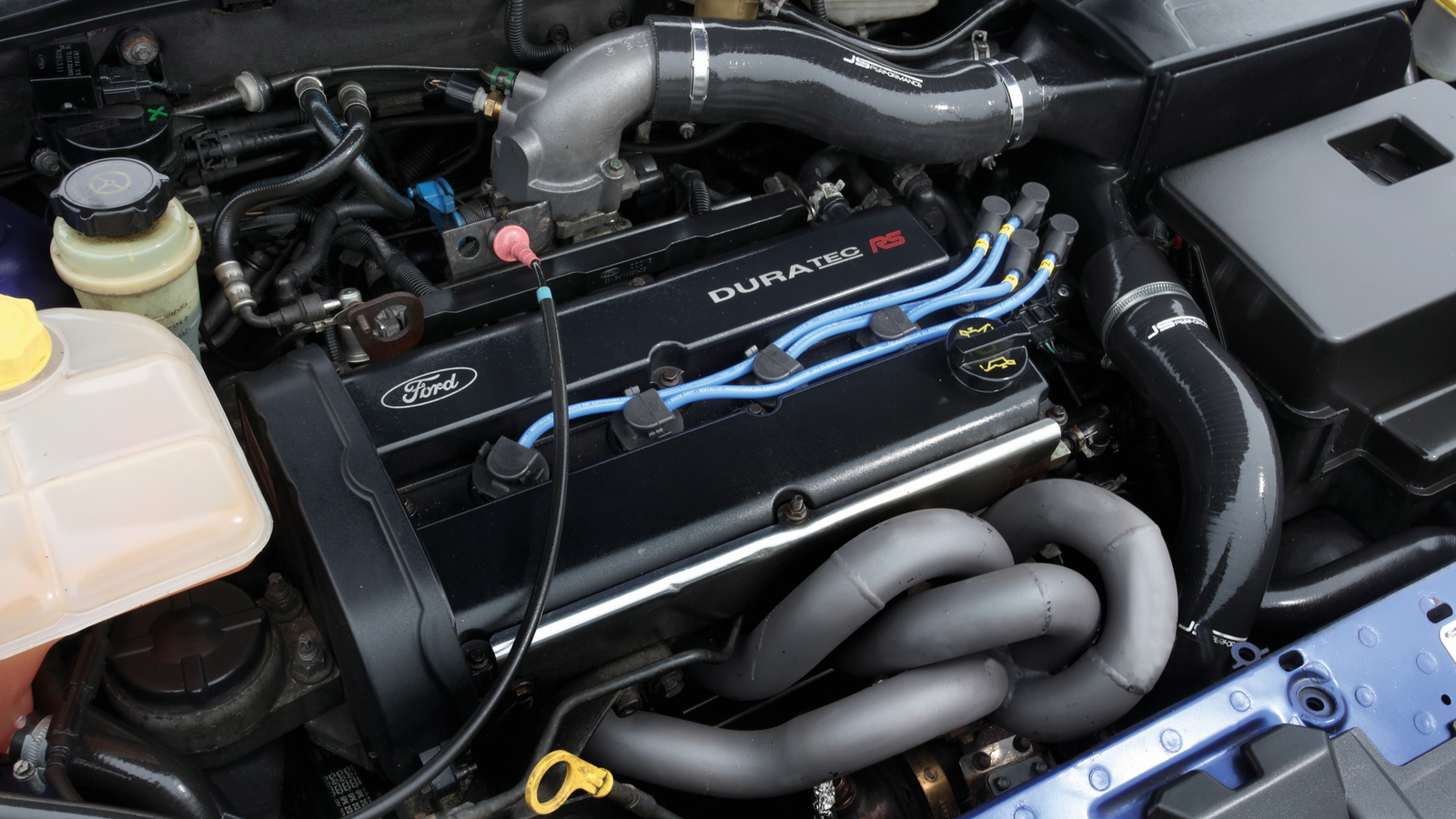 © Tony Baker/James Mann/Classic & Sports Car
© Tony Baker/James Mann/Classic & Sports Car -
 © Tony Baker/James Mann/Classic & Sports Car
© Tony Baker/James Mann/Classic & Sports Car -
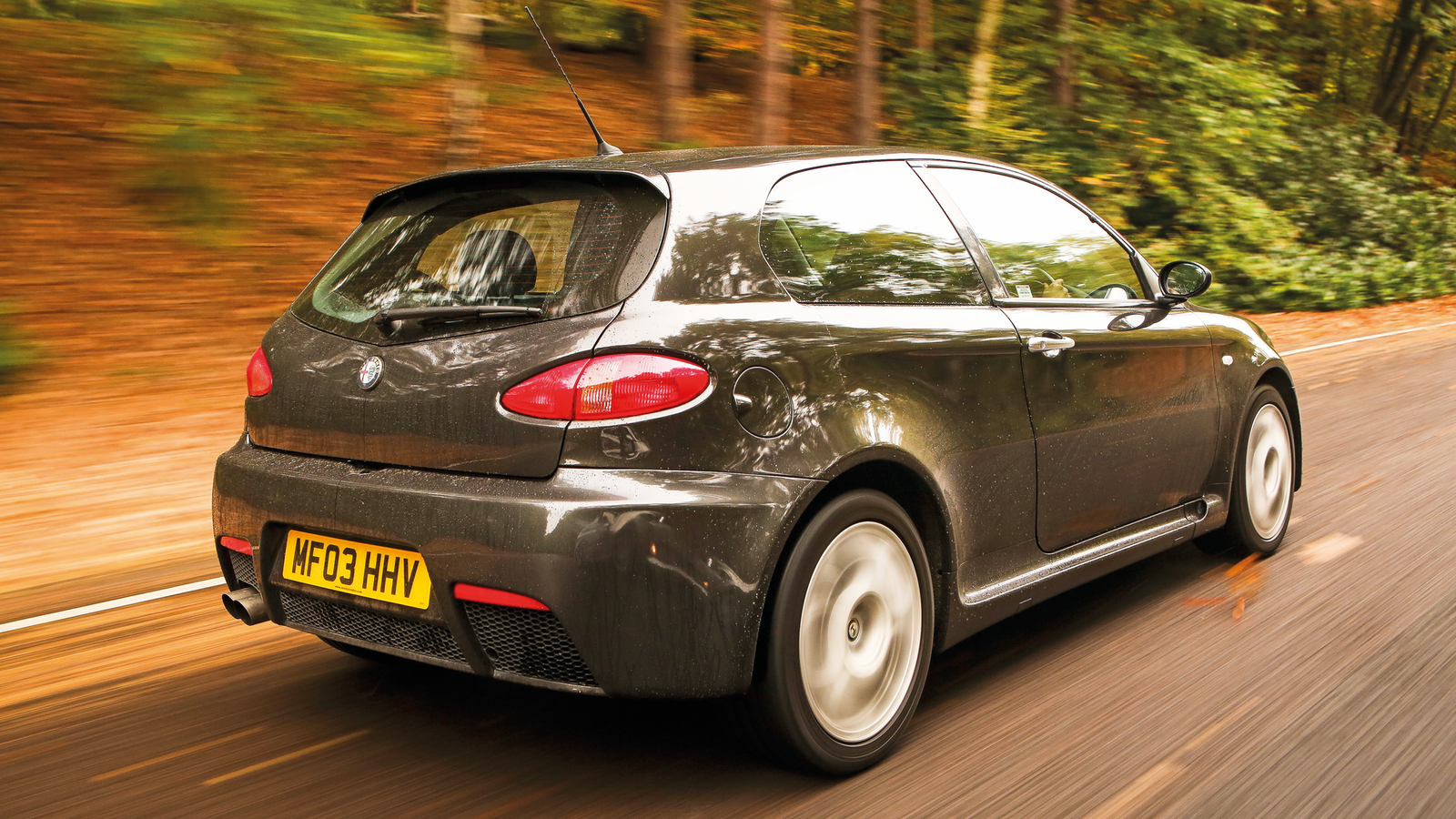 © Tony Baker/James Mann/Classic & Sports Car
© Tony Baker/James Mann/Classic & Sports Car -
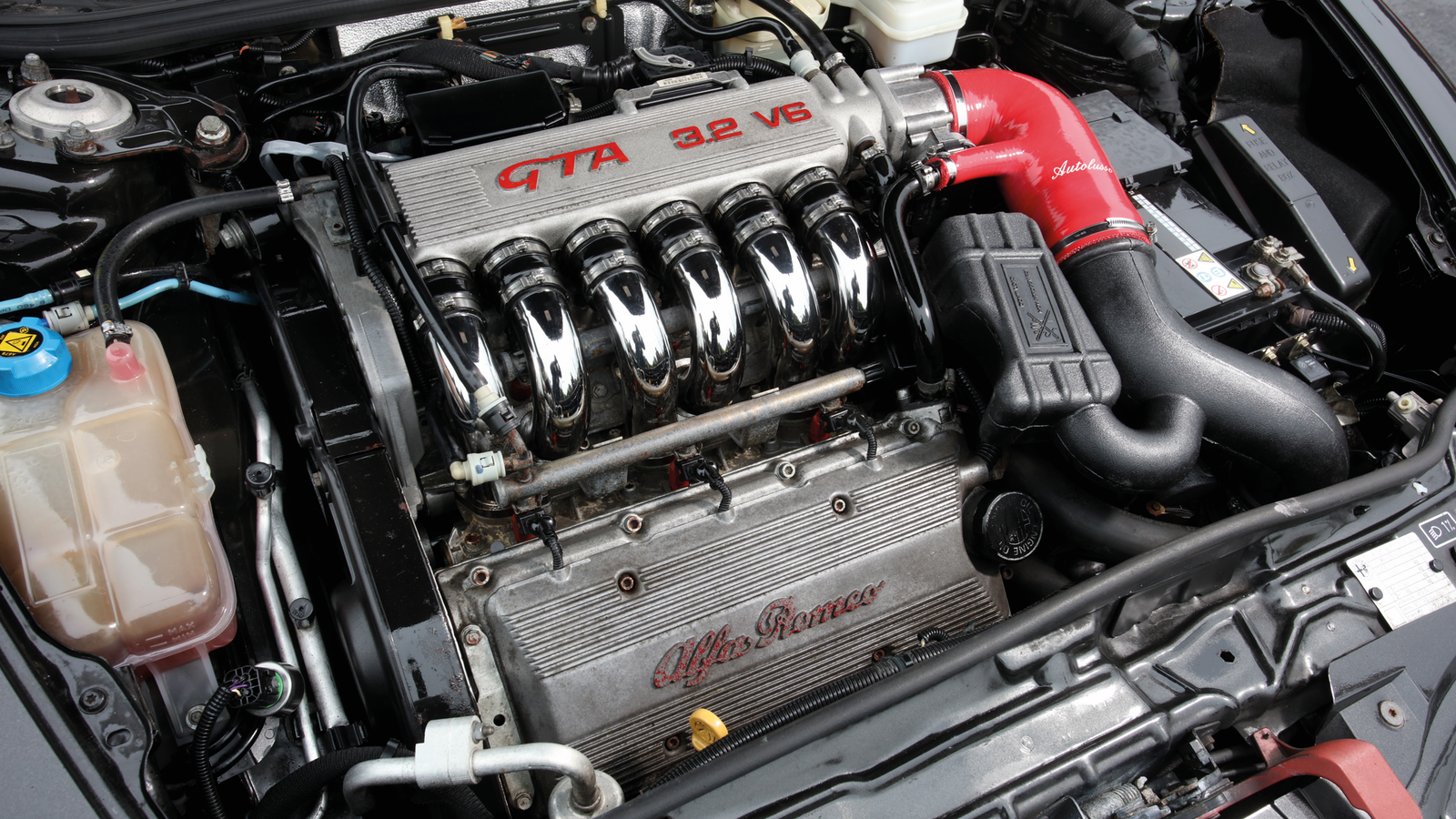 © Tony Baker/James Mann/Classic & Sports Car
© Tony Baker/James Mann/Classic & Sports Car -
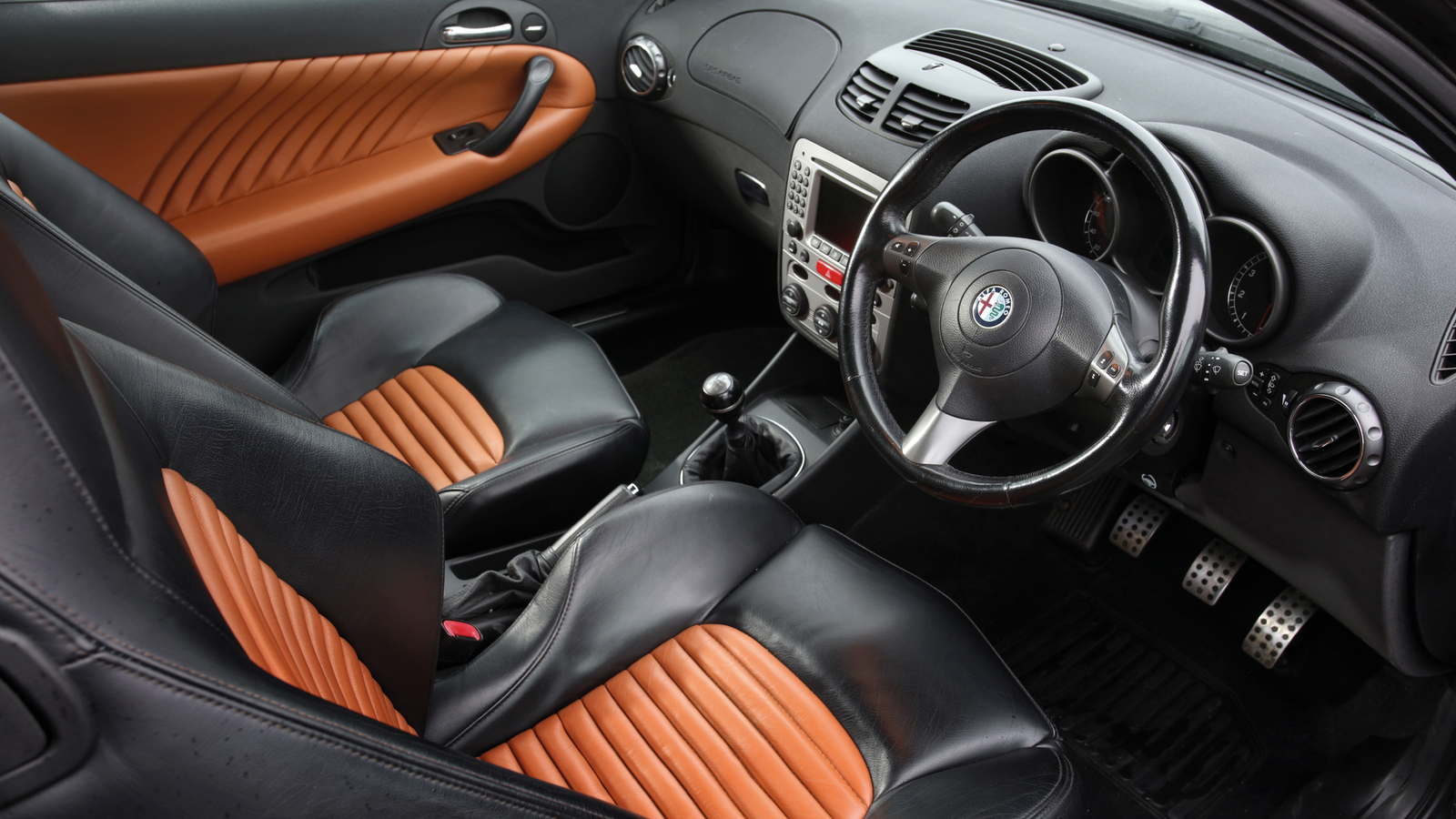 © Tony Baker/James Mann/Classic & Sports Car
© Tony Baker/James Mann/Classic & Sports Car -
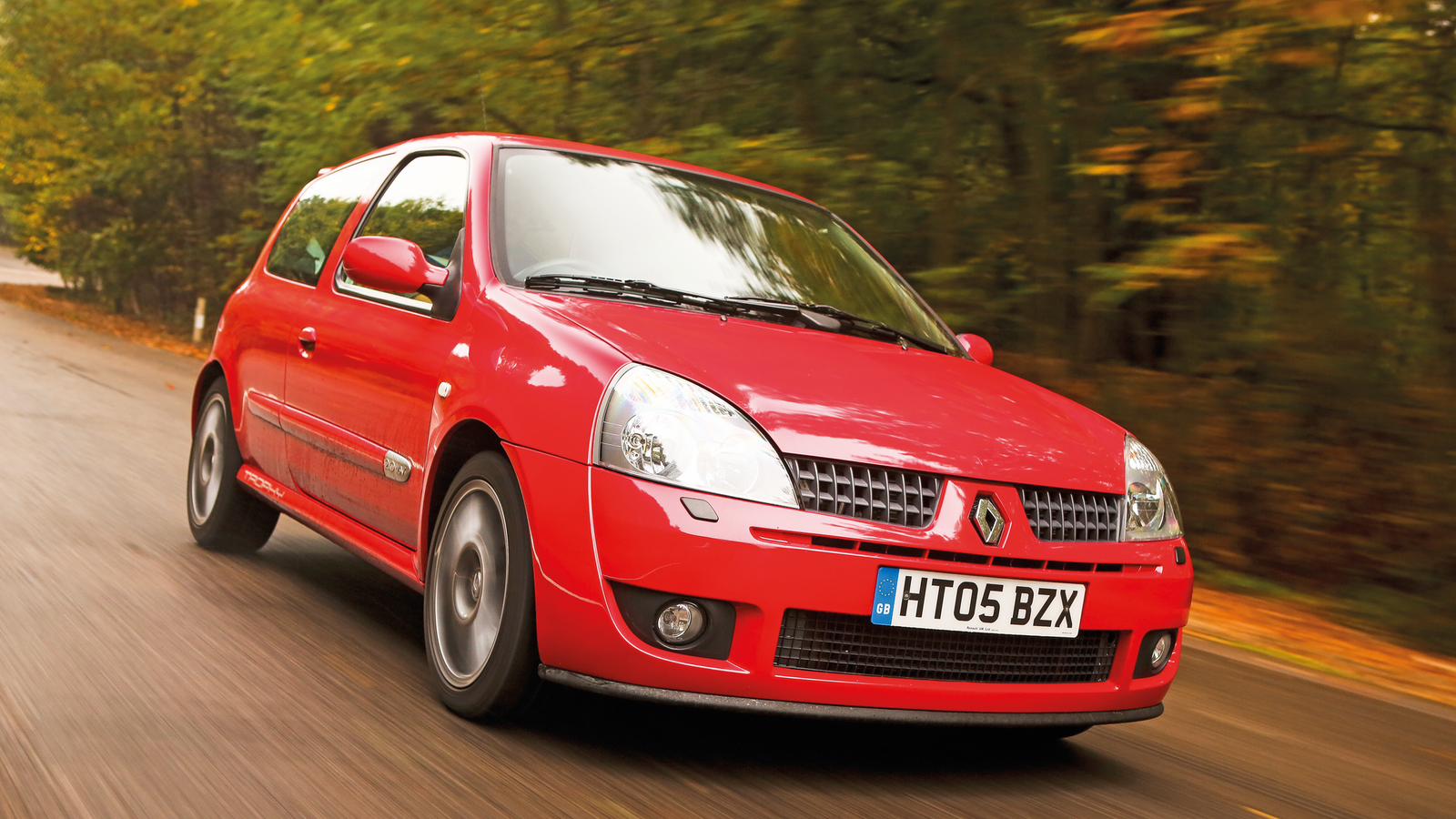 © Tony Baker/James Mann/Classic & Sports Car
© Tony Baker/James Mann/Classic & Sports Car -
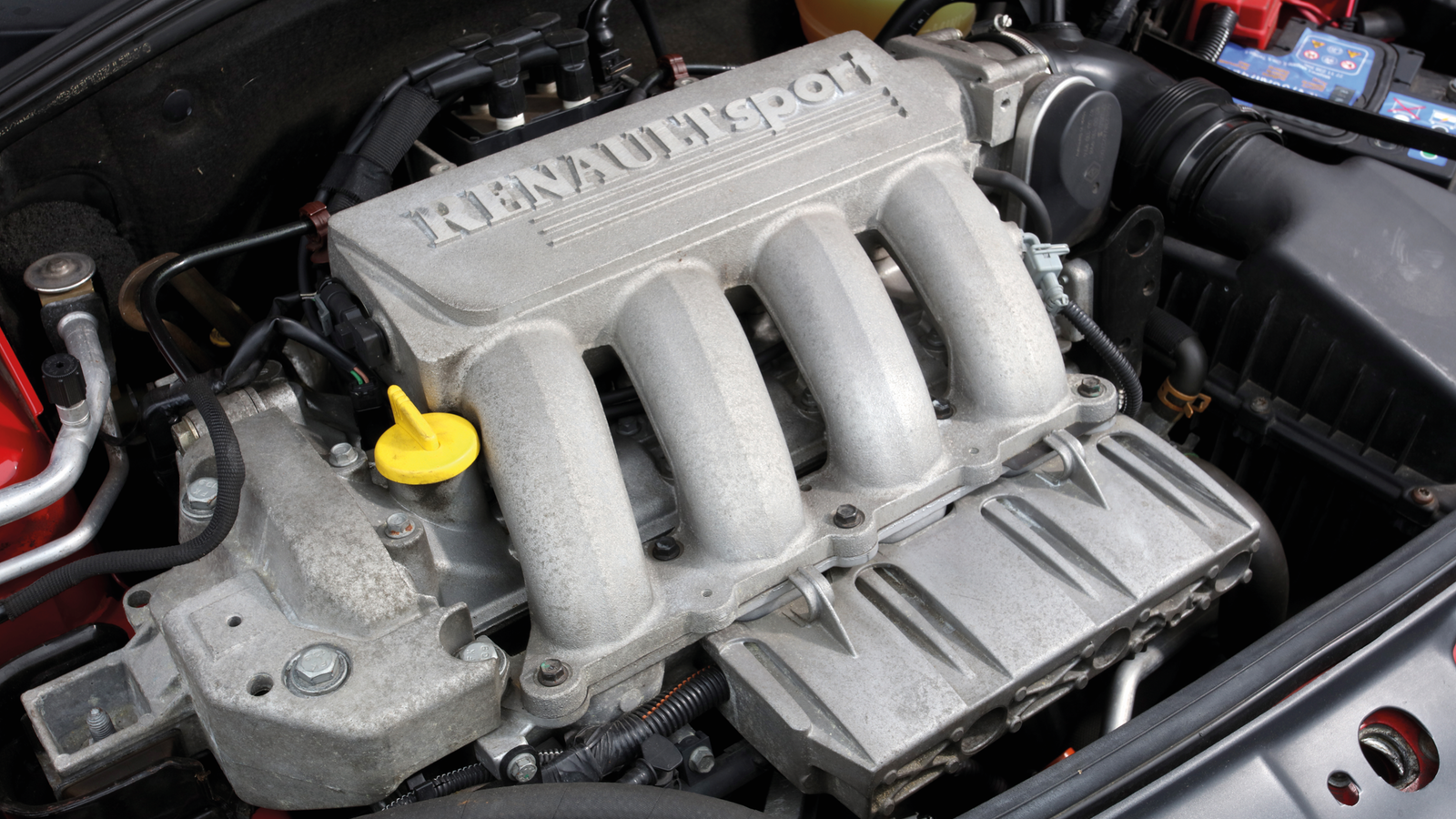 © Tony Baker/James Mann/Classic & Sports Car
© Tony Baker/James Mann/Classic & Sports Car -
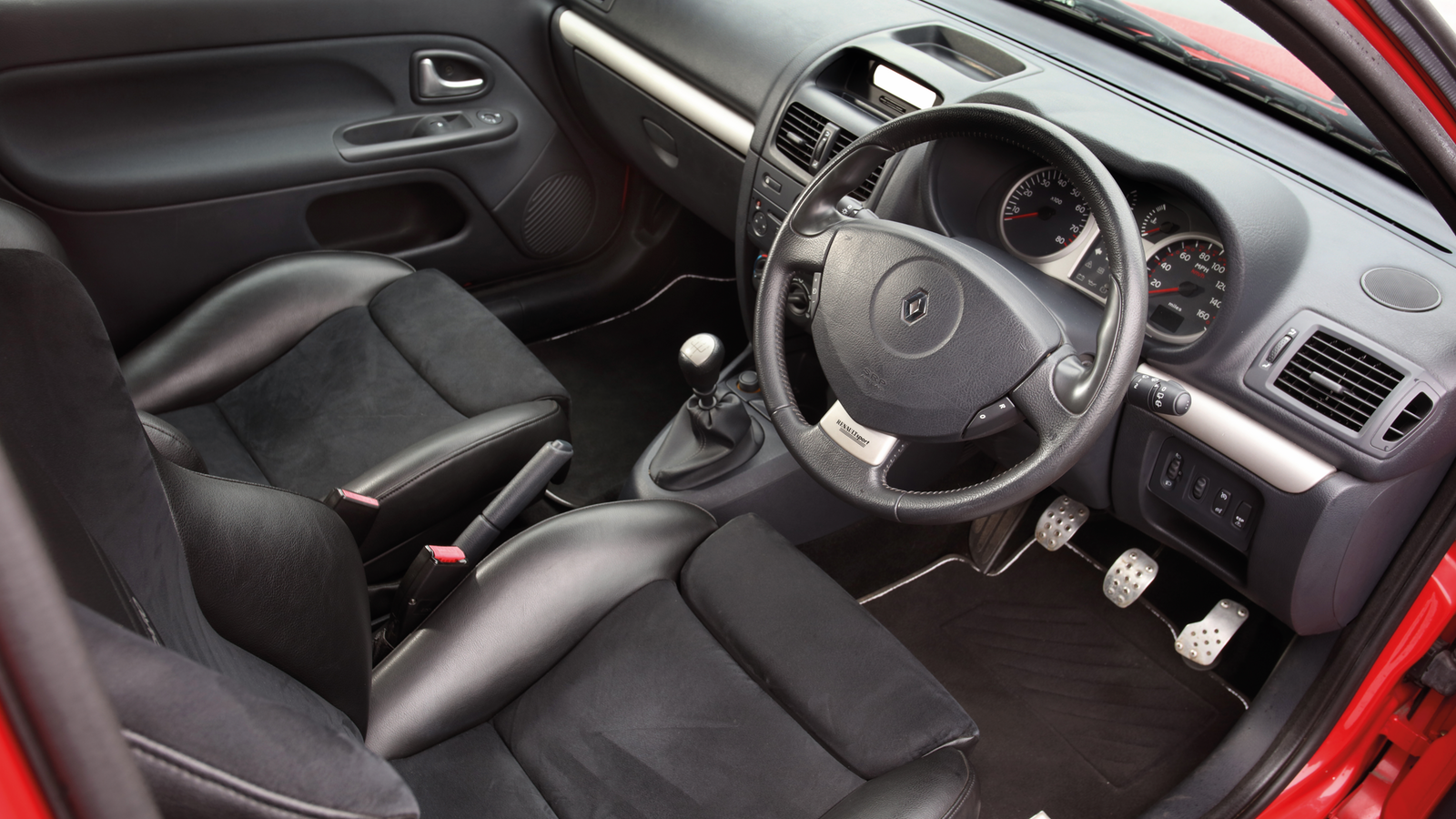 © Tony Baker/James Mann/Classic & Sports Car
© Tony Baker/James Mann/Classic & Sports Car -
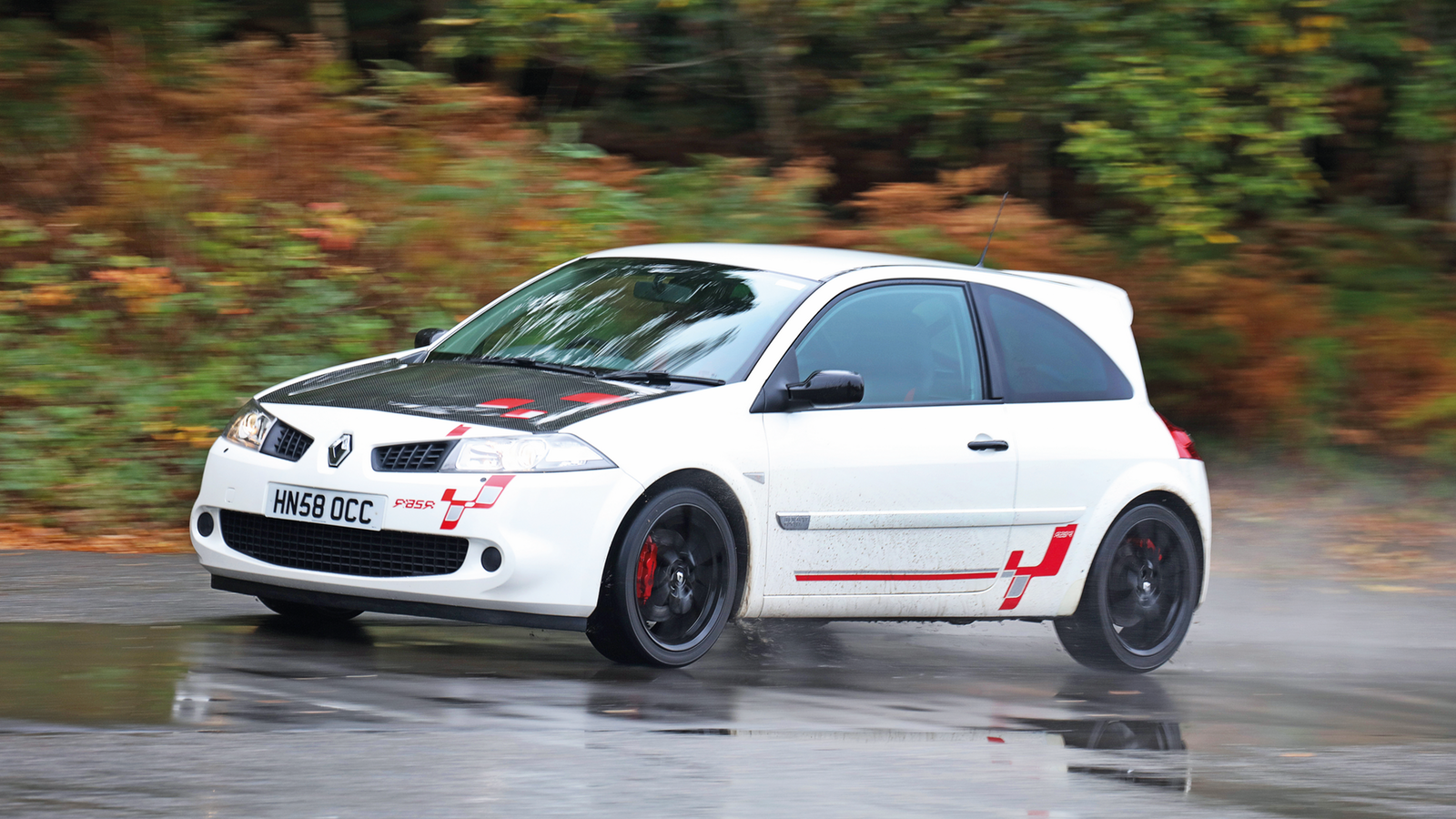 © Tony Baker/James Mann/Classic & Sports Car
© Tony Baker/James Mann/Classic & Sports Car -
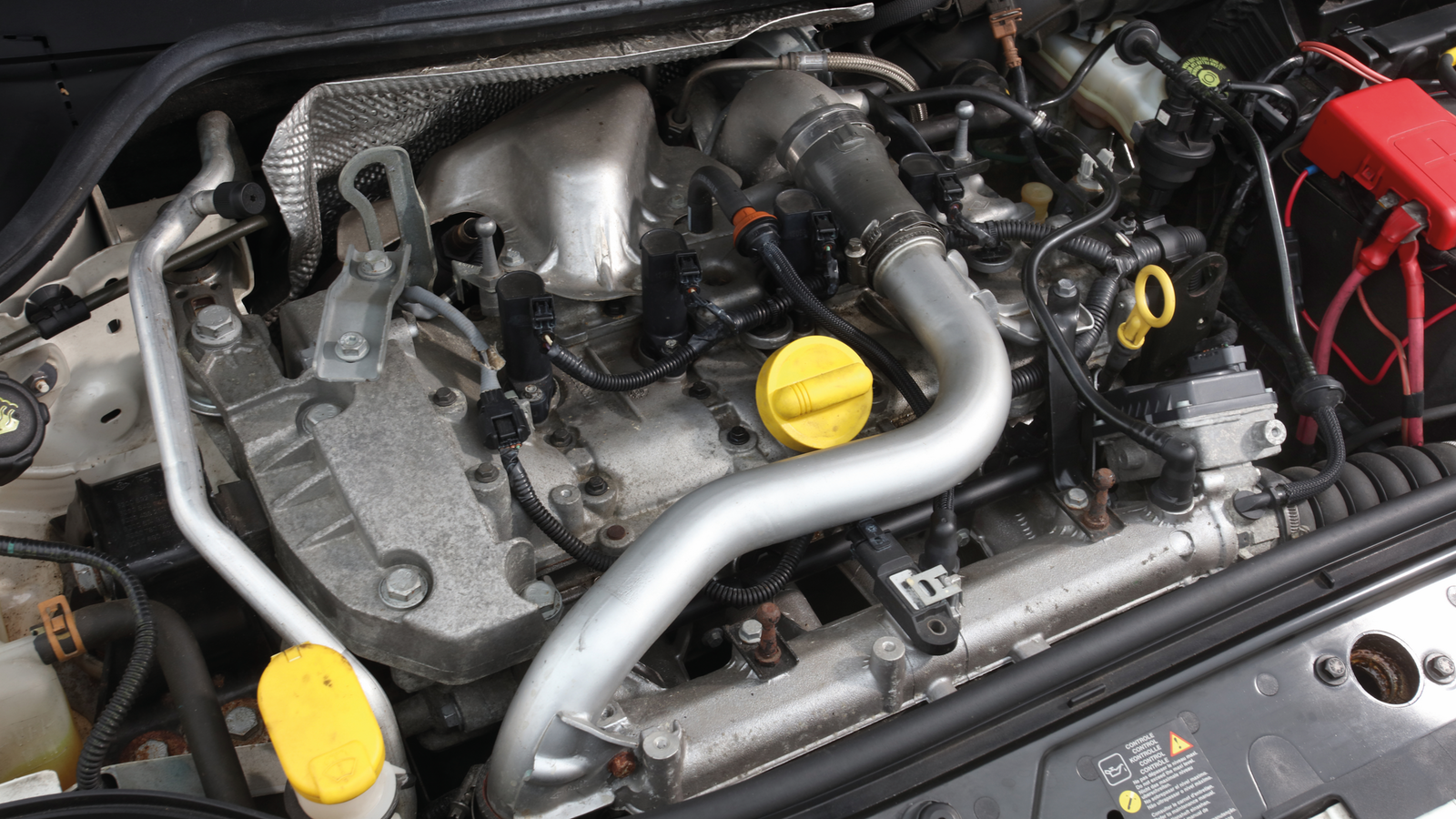 © Tony Baker/James Mann/Classic & Sports Car
© Tony Baker/James Mann/Classic & Sports Car -
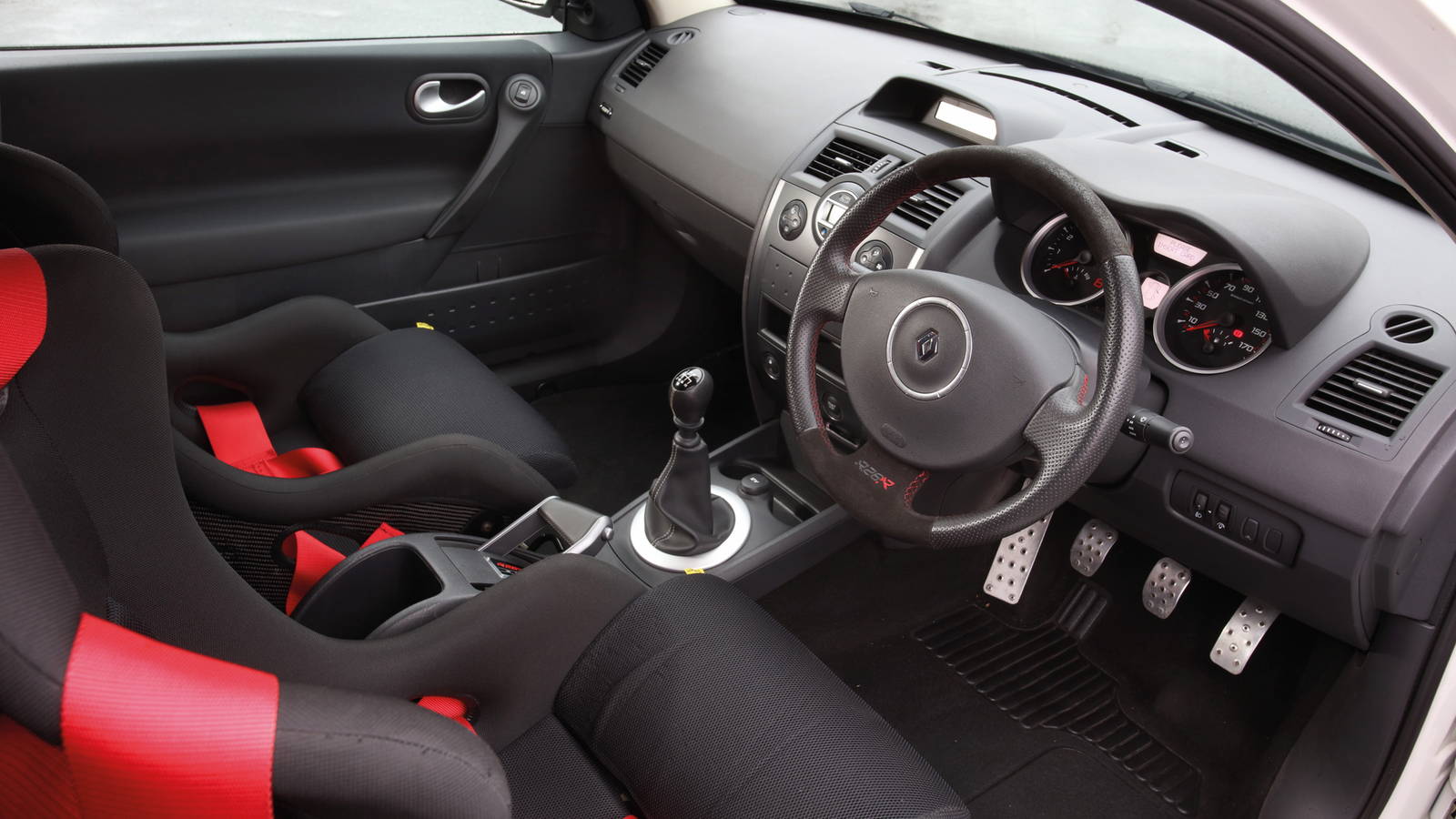 © Tony Baker/James Mann/Classic & Sports Car
© Tony Baker/James Mann/Classic & Sports Car -
 © Tony Baker/James Mann/Classic & Sports Car
© Tony Baker/James Mann/Classic & Sports Car
-
Have these classic pocket rockets still got it?
Ah, the hot hatch. Not since the microwave oven has there been such a perfect blend of compact proportions and unexpected power.
From the usual suspects of the ’70s and ’80s to lesser-known ’90s hooligans, the not-so-humble hot-hatch genre has given us countless thrills over the years.
But which is best? And which offers the most bang for buck today?
We brought together 19 historic hot hatches – from established legends and pioneers of the brand to hidden gems and hardcore younger bucks – to find the ultimate winner.
Of course, there’s only one place we could start. Thus, in the beginning, there was the Volkswagen Golf GTI...
-
Volkswagen Golf GTI
Ask the average person what a hot hatch looks like and, more often than not, they’ll give you a quick answer: the Golf GTI.
Capable of harrying many a supercar when new, this late-’70s Tarmac terrier was and is fast, agile and stylish.
-
Volkswagen Golf GTI (cont.)
Its 1.6-litre fuel-injected four-pot motor was good for 110bhp, which could thrust the featherweight (872kg) hatchback from 0 to 60pmh in nine seconds.
To drive one today is still a revelation: the engine is smooth, punchy and flexible, while the agile chassis – allied to precise steering – lets you barrel through corners harder than many modern performance cars.
-
Volkswagen Golf GTI (cont.)
Endowed with wheelarch extensions, side stripes and alloy wheels, it still looks every bit the hot hatch and remains a fitting poster boy for the brand – which probably explains why a decent early example will still set you back upwards of £10,000 today.
-
Alfa Romeo Alfasud 1.3
Next up is an often overlooked Italian wagon. Spark it up, get motoring and you’ll find the Alfasud is a real charmer.
In sporting twin-carb Ti form the diminutive Alfa was available with an 86bhp 1.3-litre or 95bhp 1.5-litre engine – and the former remains very happy to rev.
-
Alfa Romeo Alfasud 1.3 (cont.)
Mated to an excellent gearbox, the motor spins freely and, while acceleration won’t blow you away, this hatch grips the road beautifully.
In fact, from tight low-speed bends to long sweepers, it’ll dispatch asphalt with nonchalant ease.
-
Alfa Romeo Alfasud 1.3 (cont.)
Sure, the cabin feels a little flimsy and the car as a whole has a propensity to rot, but with a well-mannered ride and zippy handling, surviving Alfasuds – of the 185,000 originally built between 1974 and '84 – offer plenty of fun on the road.
If you can track down a good one, expect to pay somewhere between £7000 and £9000.
-
Ford Escort XR3i
Come the turn of the ‘80s, come Ford’s crack at the hot hatch: based on the Mk3 Escort, 1982’s XR3i delivered where the previous year’s XR3 had failed.
Developed by Special Vehicle Engineering and equipped with Bosch K-Jetronic fuel injection, power output from its 1.6-litre engine rose to 105bhp.
-
Ford Escort XR3i (cont.)
More civilised than its previous incarnation, the engine is hardly sophisticated at the top end of the rev range – but you get a lovely hard rasp from the exhaust.
Paired with a revised suspension setup, it makes Ford’s front-wheel drive warrior a proper competitor.
-
Ford Escort XR3i (cont.)
Straight-line speed matches that of the GTI, even if it’s not as convincing on challenging B-roads and, now that it’s shed the unfortunate boy-racer image it gained in the ‘80s, this fast Ford proves sharp and full of purpose.
Solid examples today can fetch between £3k and £6k.
-
Vauxhall Astra GTE Mk1
Harnessing the 1.8-litre engine from the Cavalier SRI did the trick for the 1983 GTE variant of the Vauxhall Astra: with 115bhp and 111lb ft of torque at its disposal, it could now truly raise its fists.
Sure, like all other pretenders to the crown, it lacked the mid-range urge, solidity and all-round competence of the GTI, but it was nevertheless an accomplished package.
-
Vauxhall Astra GTE Mk1 (cont.)
Following the established hot-hatch trend for spoilers, still extensions, alloys and decals, the Astra still offers a spirited aesthetic today – especially in all-white guise – matched by performance that continues to offer thrills.
It handles sweeter than an XR3i, too, with poise that remains unruffled even at the ragged edge.
-
Vauxhall Astra GTE Mk1 (cont.)
Roomy but basic inside, Recaro sports seats are a welcome presence, especially when you boot it in the boxy Vauxhall.
Fancy one? Fair examples start at the £5k mark, rising according to service history and low mileage.
-
Fiat Strada Abarth 130TC
Another frequently forgotten Italian hot hatch, the 130TC launched without fuel injection – but that didn’t hold it back.
Fiat strapped a pair of Weber carburettors to its 2-litre twin-cam motor, squeezed it under the bonnet and mated it with a five-speed ZF gearbox and stiffer suspension. The result? A 0-60 time of 7.7 seconds and a top speed of 118mph.
-
Fiat Strada Abarth 130TC (cont.)
That was enough to bag it bragging rights as ‘fastest hot hatch’, and it remains a seriously entertaining ruffian to drive.
Sure, the ZF gearbox is hard graft for town work, as is the steering, and where the Golf GTI and Alfasud are nimble dancers, the Abarth bullies its way into, through and out of corners – but get it above 2000rpm and the Fiat’s 130lb ft of torque pulls seamlessly, with a blaring engine note to match.
-
Fiat Strada Abarth 130TC (cont.)
Despite its class-leading performance, not many were sold in the UK: its harsh ride made it better suited to the role of weekend warrior, while the lack of fuel-injection made it seem like a dinosaur in the showroom.
Its relative rarity means prices are climbing. Low-mileage examples have sold for up to £15k in recent years, though you’ll pay less for a more used runner.
-
Renault 5 GT Turbo
Renault has a history of small, fast cars – and the 1972 R5 built on that reputation with the Gordini and Gordini Turbo.
It only truly came of age as a hot hatch, though, after the arrival of the 1984 Supercinq. Its humble Cléon-Fonte engine dated back to 1962, so it seemed unlikely to be the future – but it was.
-
Renault 5 GT Turbo (cont.)
Bored out to 1.4 litres and fitted with a Garrett T2 turbocharger, an air-to-air intercooler and a Solex 32DIS carburettor, it produced 118bhp and 122lb ft torque. Not so powerful in contemporary company – except that the Supercinq hit the scales at a waif-like 820kg.
The result was and remains a flyer: nail the throttle and – after a perceptible lag – the engine pumps out torque like a fire hose.
-
Renault 5 GT Turbo (cont.)
It transformed the R5 into a turbo rollerskate, particularly in the mid-range: from 40-60mph it was just 0.1 seconds slower than a Ferrari 308. There’s no let-up in bends, either, when the modified chassis clings tightly to the asphalt.
Yes, it feels as if it was fashioned from a biscuit tin, the interior is plasticky and build quality iffy, but there's no doubt about it: a new king's in town. Prices start at £6.5k for good runners.
-
Volkswagen Golf GTI 16v
Volkswagen’s second stab at the Golf GTI was a bit underwhelming. Even the design department sketched conservatively.
And worse was to come: the Mk2 was distinctly lardier but shared its predecessor’s engine so, despite improved aerodynamics, it was slower. With the hatchback war heating up, something had to be done.
-
Volkswagen Golf GTI 16v (cont.)
The solution? A 16-valve twin-cam motor. Power rose to a heady 139bhp, with torque at 124lb ft, while the 0-60mph dash was now covered in a scorching 7.5 seconds.
Despite that, 16v GTIs were discreet, verging on bland. They were also more grown-up inside, with electric windows and central locking, and even the drive was more refined.
-
Volkswagen Golf GTI 16v (cont.)
Until you hit 4000rpm, that was, releasing GTI 16v’s inner hooligan.
Steering is lovely and meaty and, with a stiffer ride than the Mk1, handling remains a particular high point, with immense grip and complete predictability.
It might be more of a sleeper visually, but it’s lost none of its innate spirit. Expect to pay anywhere between £8k and £15k for a strong one.
-
Citroën AX GT/GTi
Citroën's plucky AX GT ensured thrills (and a few spills) by shedding the pounds.
Its all-alloy 1.4-litre engine might only have had a puny 85bhp at its disposal, but this 1987 gem’s 800kg kerbweight meant an impressive power-to-weight ratio of 99bhp per tonne.
-
Citroën AX GT/GTi (cont.)
Unconvincing build quality, a lack of solidity and lots of noise at speed were all offset by a 0-60mph time of 9.2 seconds, punchy mid-range acceleration and a 110mph maximum.
Better still were cheap insurance and nimble, fun handling. Fuel injection from 1991 upped power further to 100bhp, turning it into a GTi.
-
Citroën AX GT/GTi (cont.)
Sadly, all of those ingredients also made the AX a prime candidate for a thrashing, which explains why there are so few left on the road today: just 30 in the UK.
If you can actually find one for sale, you might be looking at anywhere from £4000 to £8000 – though value is hard to place on something so rarely sold and so often ragged.
-
Alfa Romeo 145 Cloverleaf
Alfa’s breadvan-styled Cloverleaf eschewed the standard car’s flat-four engine in favour of the 155’s 2-litre Twin Spark, instantly transforming it into a modern successor to the Alfasud.
A punchy torque curve and 150bhp power output made this 1995 three-door a straight-line hoot, with the sharp-shifting five-speed gearbox a real joy to use.
-
Alfa Romeo 145 Cloverleaf (cont.)
At around 1200kg, it was heavier than the likes of the AX, but new steering and suspension made it a grippy, precise and balanced performer, capable of attacking corners and sticking all the way through.
In its heyday it more than squared up against contemporaries such as Peugeot’s 306 GTI-6. Drive one today and you’ll likely find it has more fizz than any modern hot hatch.
-
Alfa Romeo 145 Cloverleaf (cont.)
That’s if you can find one, mind. Given that the Cloverleaf was the most expensive variant of the 145 – itself a car of limited popularity – few were sold in period.
That said, you can pick one up for as little as £1000 today – though, in true Alfa fashion, reliability might not be assured.
-
Peugeot 205 GTI 1.9
Peugeot’s 1.6-litre 205 GTI set new standards in terms of handling, as well as carrying a fresh design that was very much of the decade: purposeful at the front, cheeky behind.
Oomph came from an injected, all-alloy four-cylinder engine which delivered a respectable 105bhp.
-
Peugeot 205 GTI 1.9 (cont.)
To combat the GT turbo of its fellow French marque, Peugeot upgraded the 205 GTI with a 1.9-litre lump.
Wind one up and, even with 130bhp, it’s still not in the R5’s class – slower to 60mph by 0.7 seconds – but if ever a car proved that performance stats aren’t everything, it's this one.
-
Peugeot 205 GTI 1.9 (cont.)
The steering pulsates with feedback and it’s a sinuous, agile delight to drive.
Combined with the powerplant’s free-revving nature and the 1.9’s bombastic exhaust note, it spurs you on to push to its limits – and many did exactly that, finding themselves unexpectedly in the undergrowth.
Pristine examples can fetch £20k today, but rougher runners can be found for as little as £5000.
-
MG Maestro Turbo
Just 505 of MG’s monstrous Maestro Turbo were built and each inherited the Montego Turbo’s 2-litre engine and intercooled Garrett T3 turbocharger.
Push one today and there’s a good chance your attempt to tear down the road will instead see you squirming all over it, as the front wheels struggle to contain 169lb ft of torque.
-
MG Maestro Turbo (cont.)
Regulate the twitchiness in your right boot when you unleash the whistling maelstrom, however, and matters quickly turn vivid. It’ll do the 0-60 dash in 6.7 seconds and carry on all the way past 125mph.
Handling is pretty good, too – understeer is the Maestro’s go-to trait – even if the light steering is lacking a little in communication.
-
MG Maestro Turbo (cont.)
On release, its chiselled looks were out of step – the Tickford-designed bodykit remains uncouth and unsubtle – and build quality was dicey, but there was no arguing with the sheer vigour of its out-of-the-box straight-line performance, which wrestled the sprint title from the R5.
Want one? Projects start at peanuts, with better examples asking £2k and up.
-
Volkswagen Golf VR6
VW’s Mk3 GTI was a non-event – turgid in style and handling, average in performance – but things changed dramatically when in 1992 the German marque squeezed the Corrado’s 2.8-litre V6 under the bonnet.
Incredibly, the compact dimensions of the narrow-angle unit allowed it to be fitted transversely. Suspension was beefed up to account for the extra weight in the nose and it was endowed with ABS and traction control.
-
Volkswagen Golf VR6 (cont.)
The VR6 might have lost the snap of the Mk1’s outline, but inside it’s fully loaded: the V6 is silken, with a deep-set growl above 4000rpm, aided by a tactile gear change and incisive brakes.
By today’s standards the ride is stiff, at odds with the luxurious cabin, and despite the additional mass up front it corners relatively flat.
-
Volkswagen Golf VR6 (cont.)
But this Golf is at its best at motorway speeds, where it hard-charges past dawdlers and cruises blissfully.
Did the VR6 move the game forward like the original GTI? No. It did herald a market splinter, though, with its more mature power unit producing the first hot-hatch GT. You’re looking at £2-4k for a decent one today.
-
Renault Clio Williams
With the ’90s hatchback race in full flow, Renault’s next offering was a giant leap forward in terms of development.
Those subtle ‘Williams’ badges – added to the discreet yet purposeful styling – had nothing to do with development and everything to do with marketing, milking the Renault-backed F1 team’s success. Thankfully, performance was good enough to earn them.
-
Renault Clio Williams (cont.)
Developed by RenaultSport, the Clio’s 16-valve unit was bored out to 2 litres and equipped with new internals. Similarly, the suspension was comprehensively improved and a close-ratio gearbox fitted.
With a sub-1000kg fighting weight and 129lb ft of torque to play with, acceleration was strong rather than epic, but there was a definite fluidity to all of the Clio’s movements.
-
Renault Clio Williams (cont.)
Driving one today, the chassis responds dexterously to driver inputs, while controls are light. Its inherent agility is clear even at low speeds, while its 167bhp motor means it’s good for 130mph.
Fancy one? Prices range from £5k all the way to £15k and beyond, depending on mileage and condition.
-
Peugeot 306 GTI-6
The 306’s ‘GTI-6’ badge seemed to hint at a V6-powered Peugeot hot hatch, but those soaring expectations were quashed as punters realised that it related to a six-speed gearbox – a first in the hatchback class.
Any misgivings were dispelled the moment you got behind the wheel. After the delicacy of the Clio Williams, the GTI-6 marks the point in history when hot hatches became out-and-out road-burning chargers.
-
Peugeot 306 GTI-6 (cont.)
It’s all down to the tight ratios in the Motorsport Division-developed gearbox: with sixth essentially an overdrive, the remaining cogs allow you to rifle-bolt through to the 167bhp 2-litre engine’s 7200rpm redline.
Power comes hurtling in at 3000rpm and the 16-valve unit sounds gloriously hard-edged, but the real deal here is how close it comes to matching that ghost of Peugeot past, the 205.
-
Peugeot 306 GTI-6 (cont.)
Despite newfangled power-assisted steering, the weighting is spot on, allowing you to explore the firm’s best chassis since its exalted game-changer to the full.
Its potency is belied only by the badge on its rump, an attempt at subtlety inspired by the theft, joyriding and insurance premium negativity of the whole hot hatch genre.
Today you’ll pay anything from £1000 to £8k for this late-’90s legend.
-
Honda Civic Type R
Japan had made hot hatches before, but none had been quite as resolved as the new millennium's Honda Civic Type R. The bigger surprise was that it took so long for an Asian marque to master the medium.
With no sixth-generation ‘EK’ model in the UK, British buyers had to wait for the built-in-Swindon EP3 model to launch in 2001.
-
Honda Civic Type R (cont.)
Its 2-litre motor delivered a plentiful 197bhp at a nosebleed-inducing 7400rpm and the VTEC power unit would happily shriek all the way to 8000rpm as it served up a 0-60mph time of 6.7 seconds.
The six-speed manual gearbox was a treat, too, pairing with sound brakes and handling to create a car that begged to be pushed hard.
-
Honda Civic Type R (cont.)
The ‘breadvan’ styling might look a touch heavy around the rear, but numerous Katakana-style ‘Type R’ badges and decals lift it, while the interior is far removed from bland Japanese offerings of the '80s and '90s.
While the Type R continues to ship in ever nuttier iterations, the second-generation doesn’t look out of place on the road today. Many are still in use as daily drivers thanks to Honda reliability, and good ones can be picked up from a couple of grand.
-
Ford Focus RS
Another more recent number, the original Focus RS is already an iconic hot hatch – and rightly so.
The Focus was always a driver’s car, but the RS went much, much further: launched in 2002, forged pistons, a Garrett turbocharger and a sports exhaust meant its Duratec 2-litre engine put out 212bhp.
-
Ford Focus RS (cont.)
To handle that power, Ford and Tickford Engineering incorporated a Quaife limited-slip differential – but there’s no escaping that the RS was and is a bruiser.
There’s grip aplenty, but tuck its nose in hard at speed and you can feel that diff earning its pennies, as the front-end bucks and bobs. Hold your nerve, though, and when the road straightens it will power away.
-
Ford Focus RS (cont.)
Bland lines proved no match for 18in OZ alloys and a few bulges, spoilers and vents in the right places, while the two-tone interior was a little garish but forgivable.
Exhilarating, practical and built in limited numbers, the Mk1 Focus RS is a proper hooligan in the old-school Ford mould. They generally fetch upwards of £10k today.
-
Alfa Romeo 147 GTA
Forgoing the standard turbocharged four-pot formula, the 156 GTA’s 3.2-litre V6 – the legendary Giuseppe Busso-designed unit – was audaciously squeezed into the chic 147’s engine bay to create the GTA iteration.
Fire it up today and the deep V6 burble remains inescapably alluring. In fact, it’s the best-sounding car in our test – and quite possibly in this genre.
-
Alfa Romeo 147 GTA (cont.)
It’s also one of the finest looking. Hot-hatch attitude came from the addition of deep front and rear spoilers, a variety of air intakes and 17in alloys to beef things up.
On the road, there’s no shortage of power: with 246bhp at its disposal, the 147 GTA is a front-tyre-shredding beast. Be too liberal with the throttle and there’s torque-steer aplenty, but get the balance right and this Italian tenor sings gloriously.
-
Alfa Romeo 147 GTA (cont.)
The steering might lack the sheer level of feel of its Ford rival – and the ability to fully harness all of that power – but there’s no argument that this is one of the hottest hatches.
Examples can fetch anywhere from £7k to £12k (and more) today, depending on mileage and service history.
-
Renault Clio 182 Trophy
Renault was a repeat offender in the hot-hatch market, continuing to unleash scorching shopping trolleys onto the buying public. Following quickly on the heels of its 172 and revered 182 Cup came the 182 Trophy.
With it came Sachs Race Engineering dampers, shorter front springs for a 10mm-lower ride height and a larger rear spoiler filched from the Clio V6.
-
Renault Clio 182 Trophy (cont.)
Its paintwork was Capsicum Red, the alloy wheels dark grey, and inside were Recaro seats and build plaque à la Clio Williams, while performance remained as per the Cup – with a 0-60mph time of 6.8 seconds and a top speed of 140mph.
Autocar called it the ‘World's Greatest Hot Hatch’ in 2005 and for good reason: it comes the closest in essence to the driving experiences of the best first-generation hot hatches.
-
Renault Clio 182 Trophy (cont.)
Its low centre of mass is tightly planted to the road surface, yet the ride remains compliant and power plentiful.
In fact, it’s a glorious, responsive and raging reminder of how the small hot hatch used to be, only ramped up further with more power – it’ll even kick up a rear tyre under heavy provocation.
Today it’s a bit of a bargain buzzbox, with prices starting at just £5000.
-
Renault Mégane R26R
With the Mégane R26R, Renault went hardcore: chasing all-out Nürburgring lap-time honours, its R26 bodyshell was stripped down to jettison 123kg and make its already-svelte predecessor look portly.
In came race seats, a carbonfibre bonnet, Perspex rear windows, a rear rollcage, harnesses, track suspension and optional Toyo track tyres, all wrapping the same 227bhp four-cylinder turbo 2-litre, six-speed gearbox and limited-slip differential.
-
Renault Mégane R26R (cont.)
The Mégane’s rear end has always divided opinion, but its lines are at their best here. Cabin practicality is negligible, yet the ride is surprisingly civil.
Then you nail the throttle: there’s no lag, the noise a wild metallic race-car scream as you short-shift through the cogs and those front wheels subdue the asphalt to sprint from 0-60mph in less than six seconds.
-
Renault Mégane R26R (cont.)
It deals with changes of direction with alacrity – the road equivalent of a skeleton bobsled on the Cresta Run – and stops just as quickly, too.
And what of that ’Ring time, you ask? The R26R made history by securing the title of fastest-ever lap by a front-drive car. Values have held steady, so buying one today will set you back in the region of £15k, if not more.
-
Which is the winner?
There’s a reason that the usual suspects remain the star cars, but there’s also depth to the hot-hatch family tree. Many of the upstarts and rivals are a short step from greatness – and that’s where the bargains are.
So which is the winner? For sheer driving pleasure and charisma is has to be the Pegueot 205 GTI. The Germans may have defined the genre, but the French perfected it.
Which should you buy today? A Clio Williams, 306 GTI-6 or Clio Trophy are all truly tempting.
